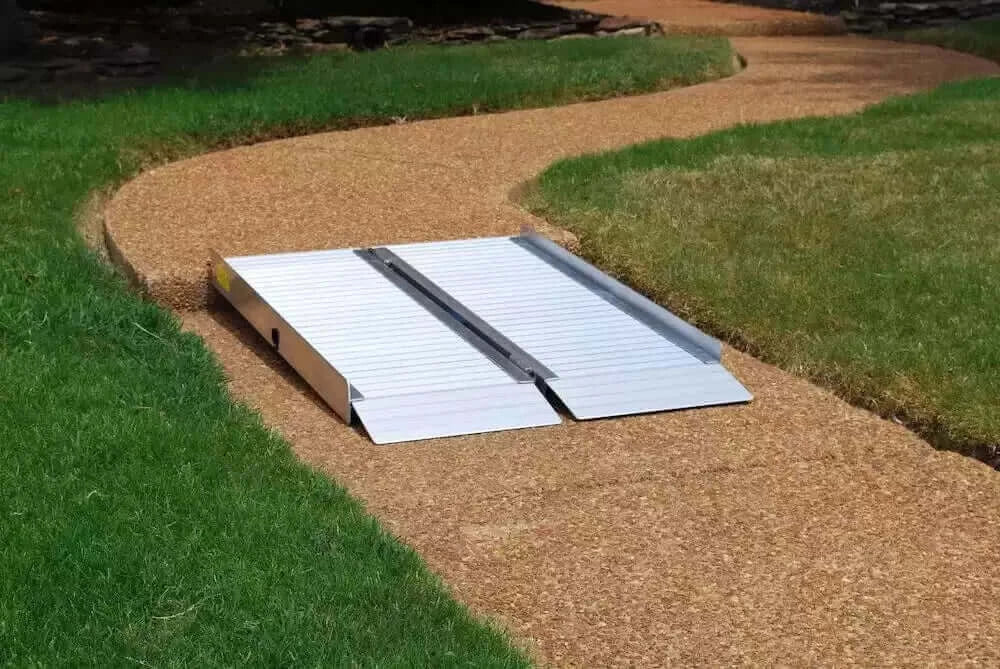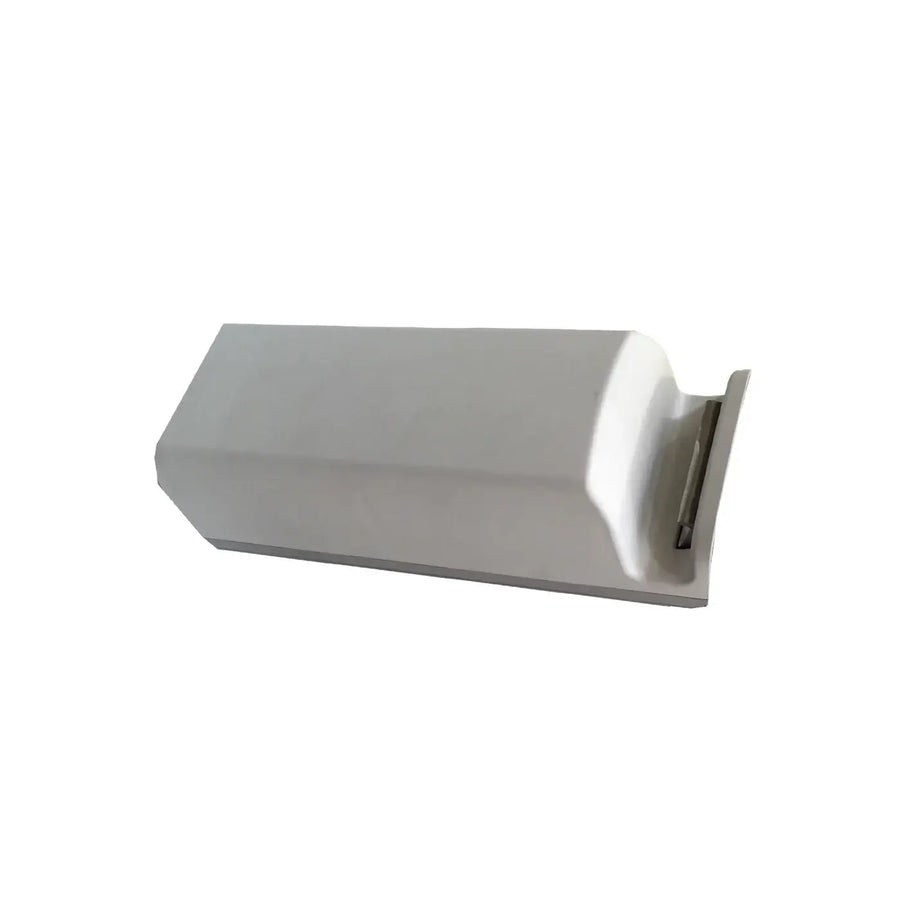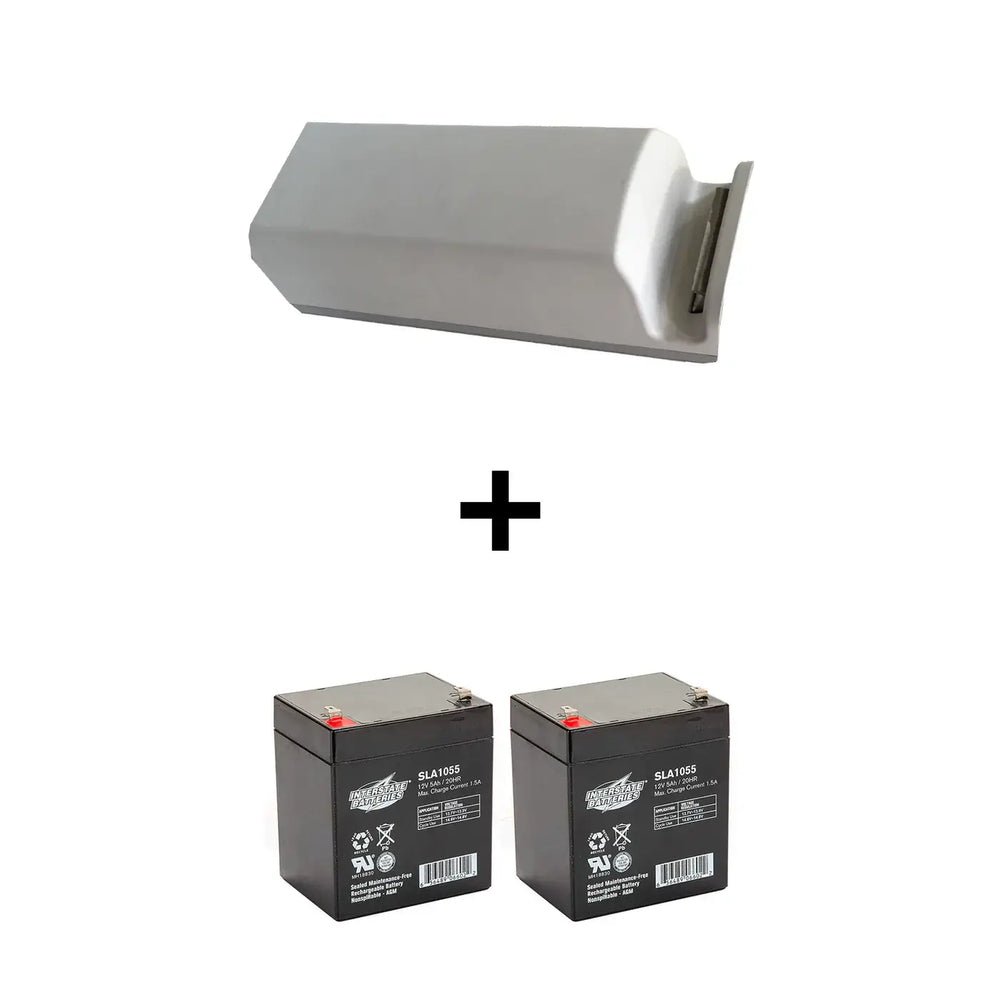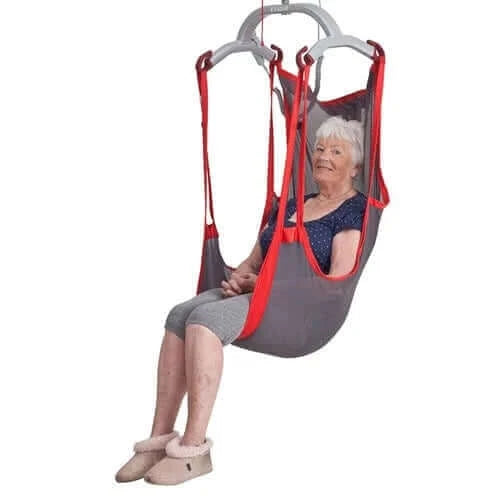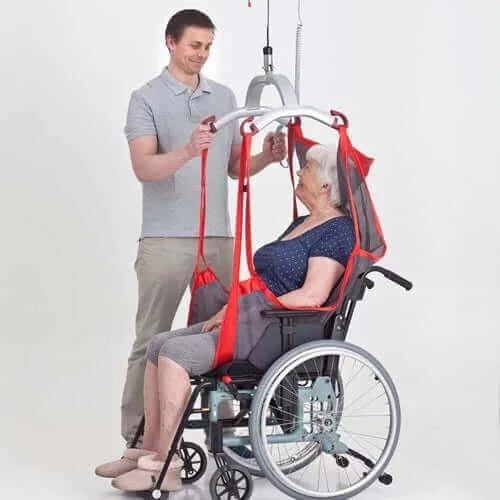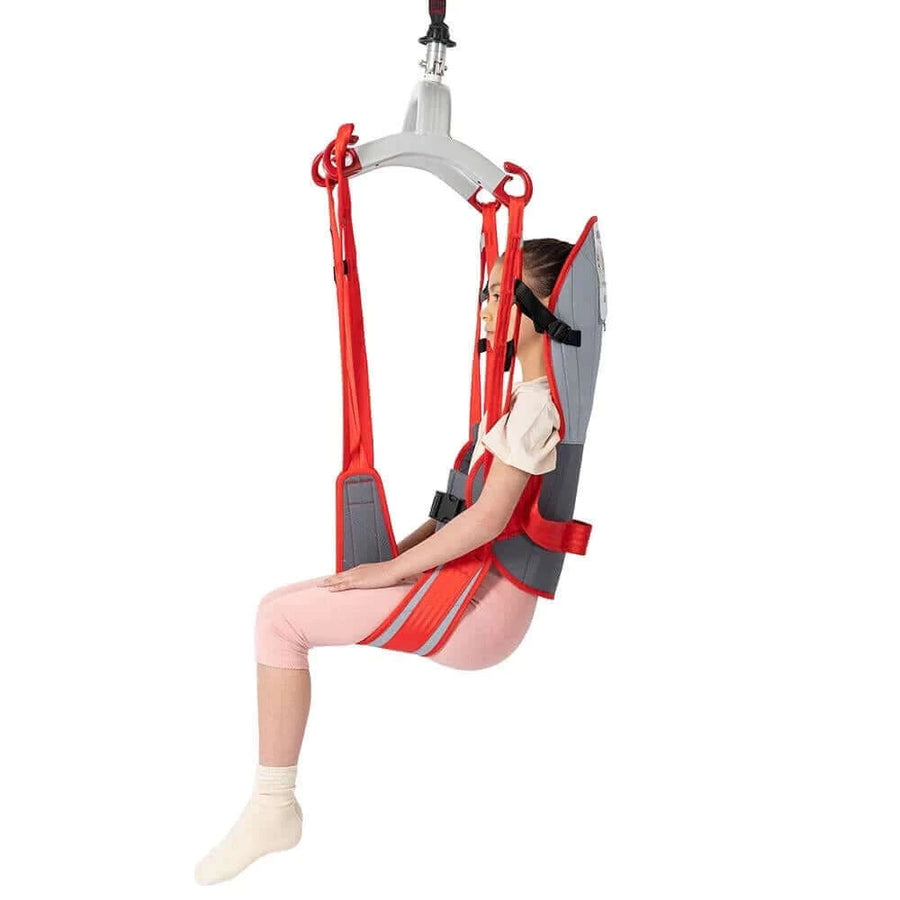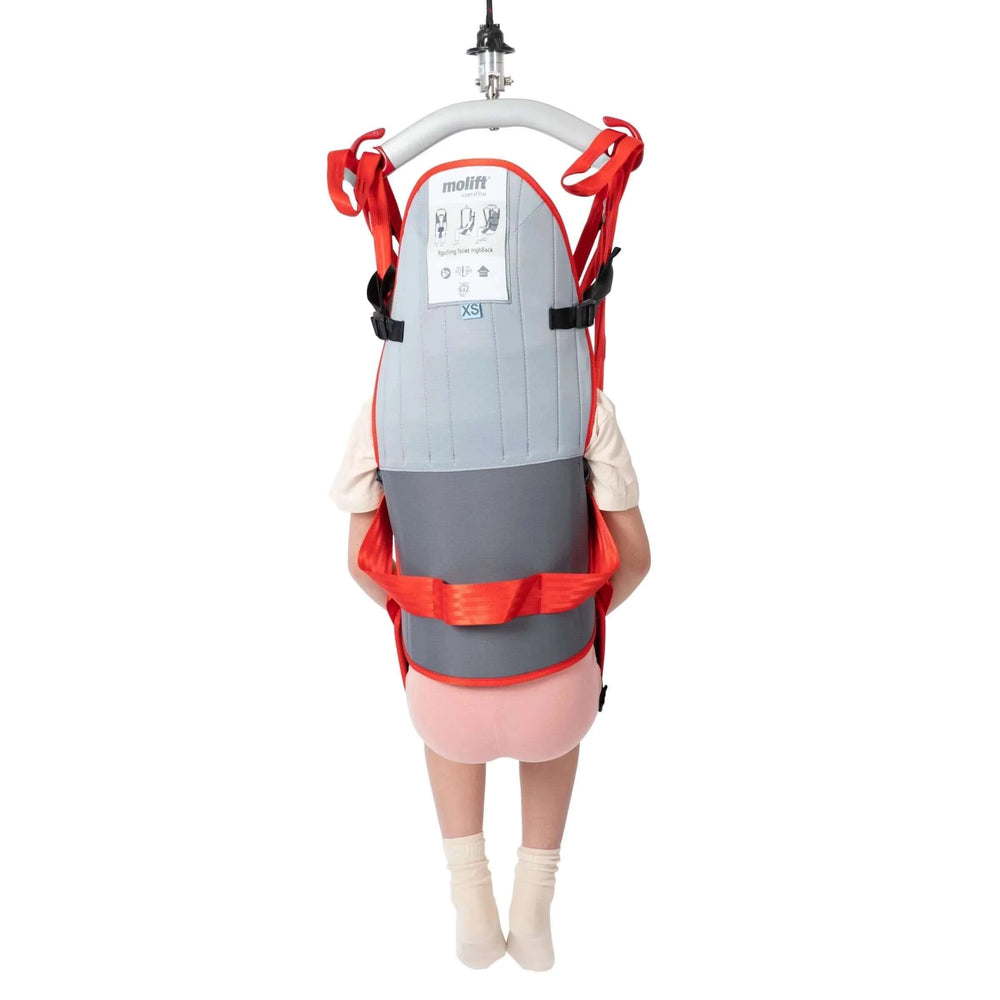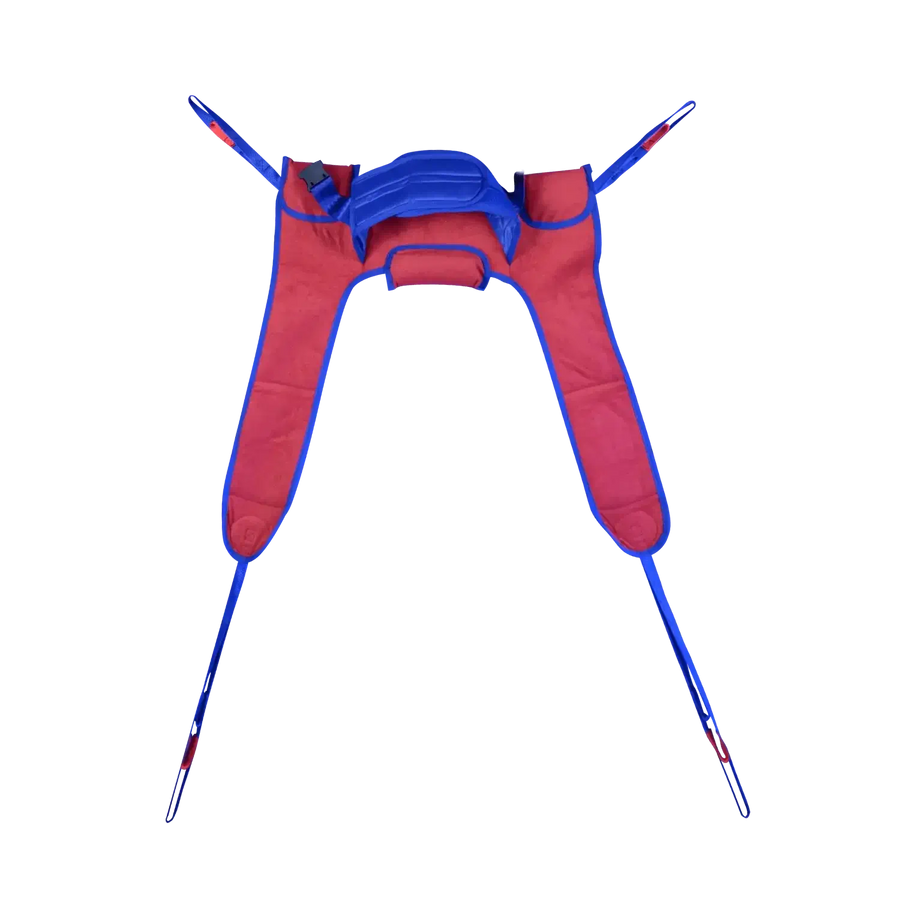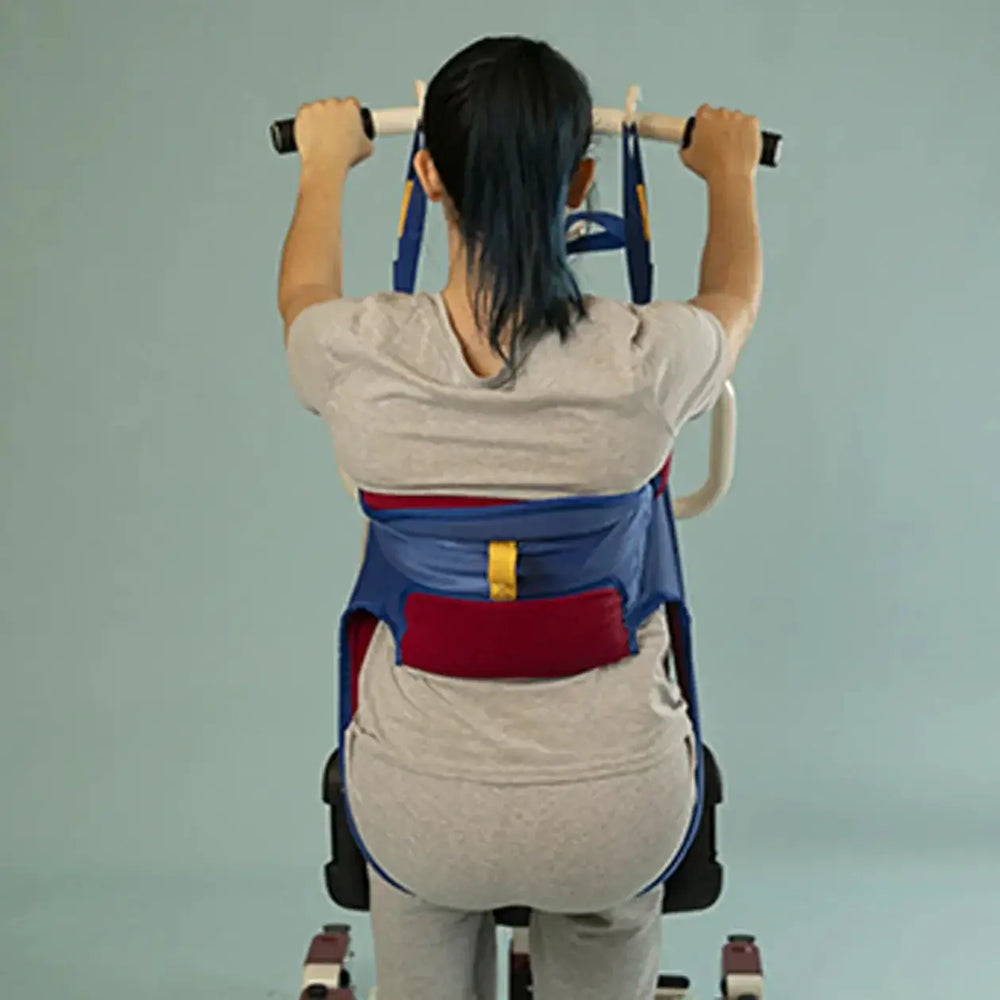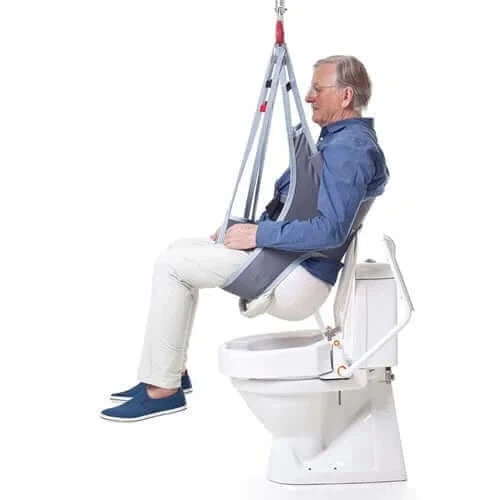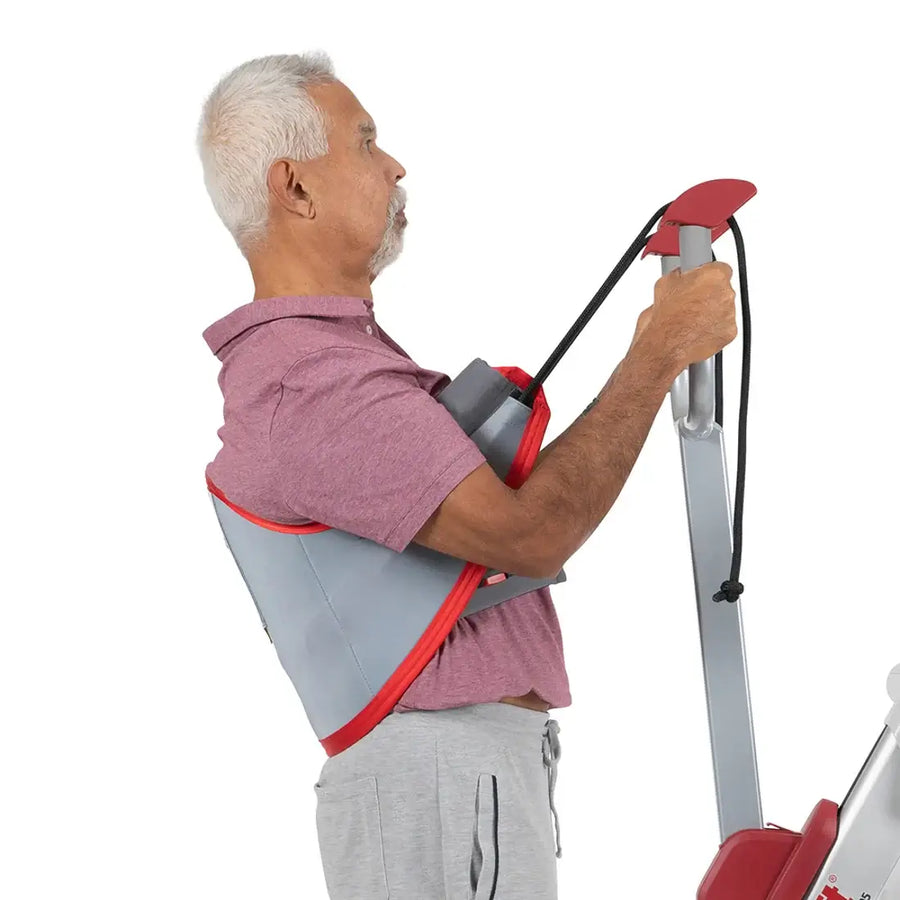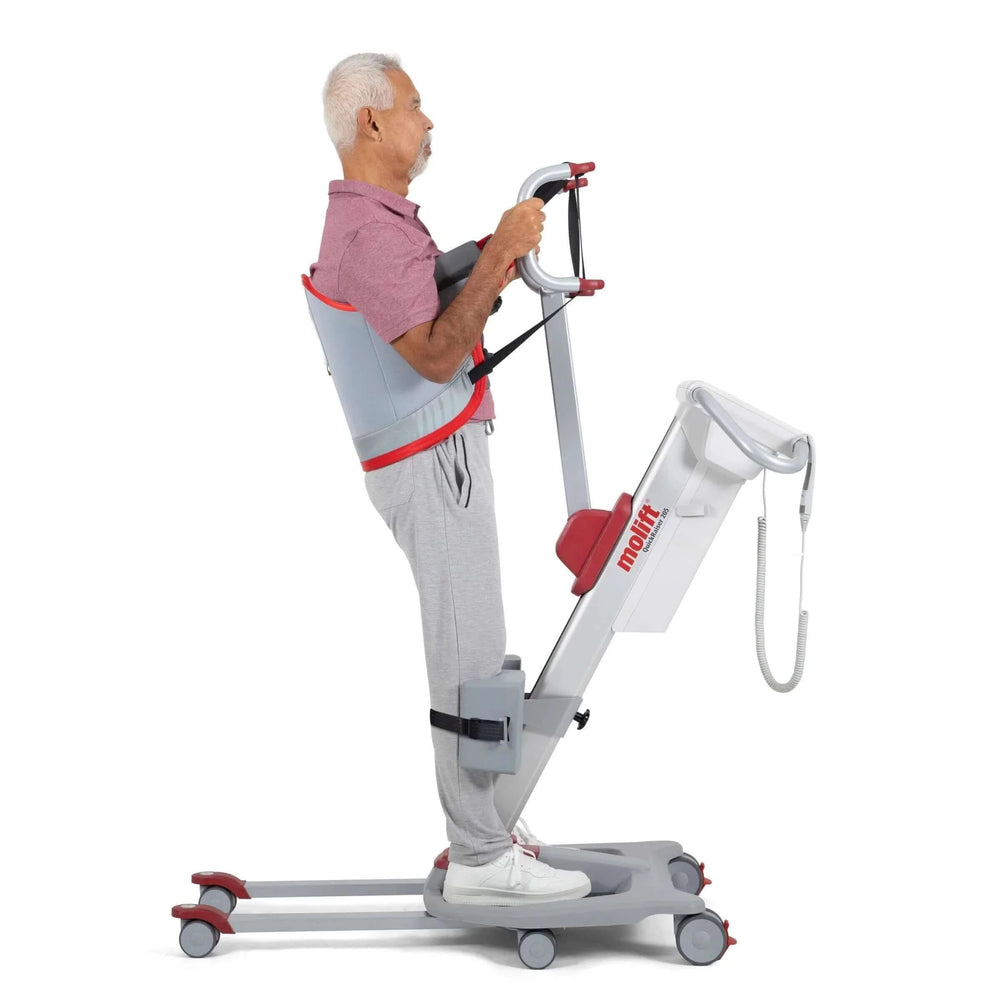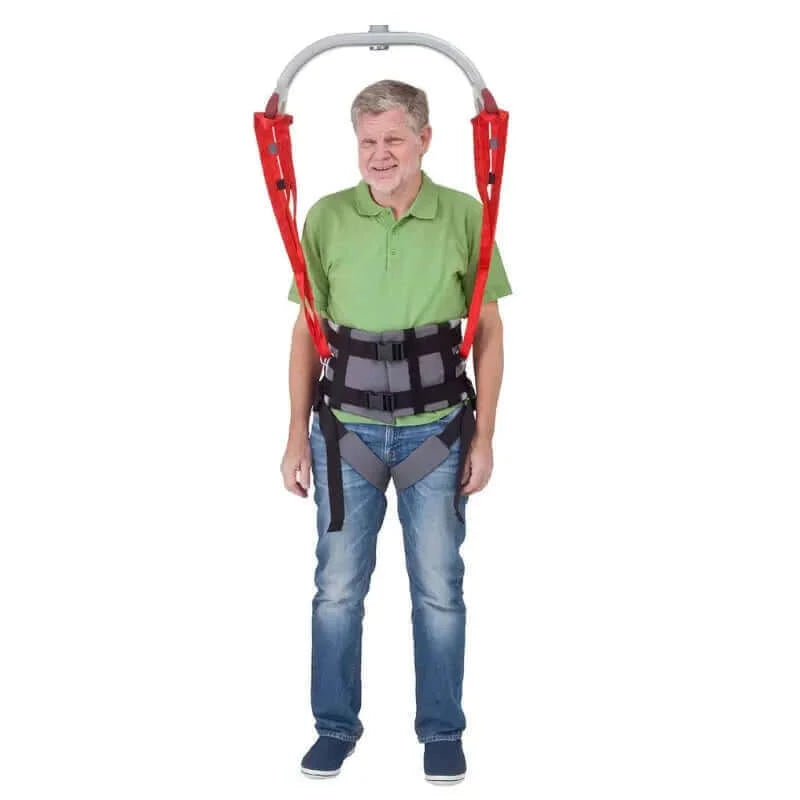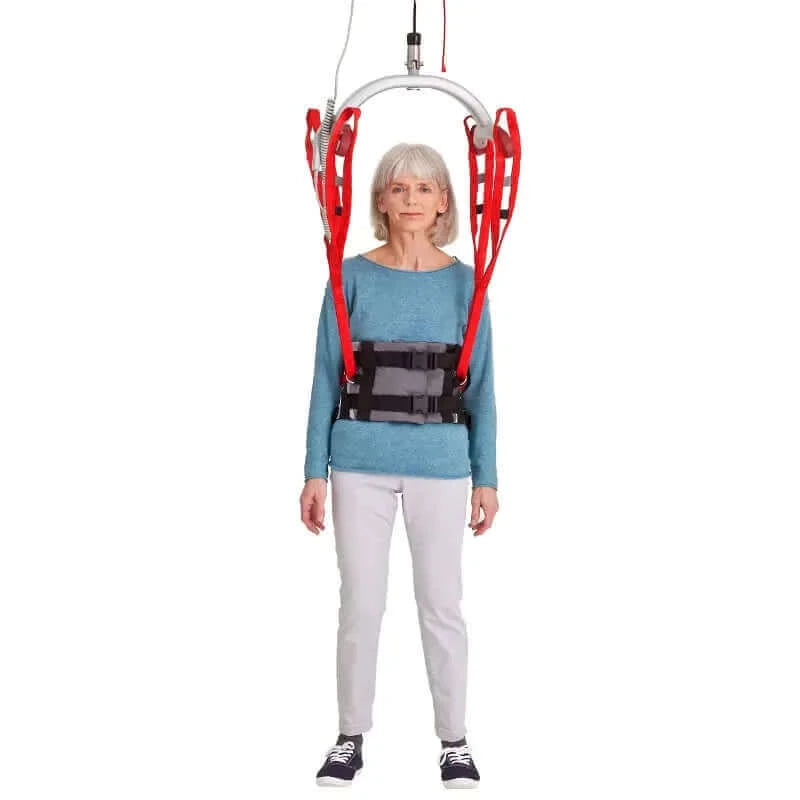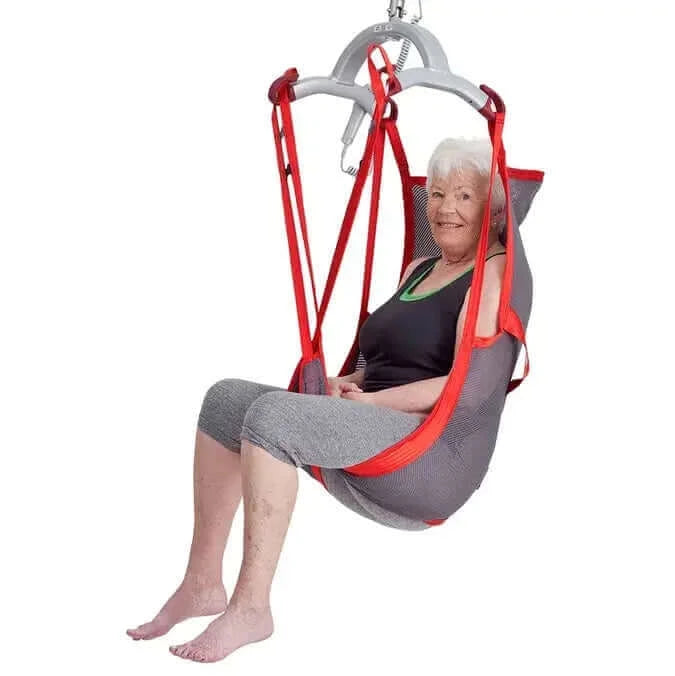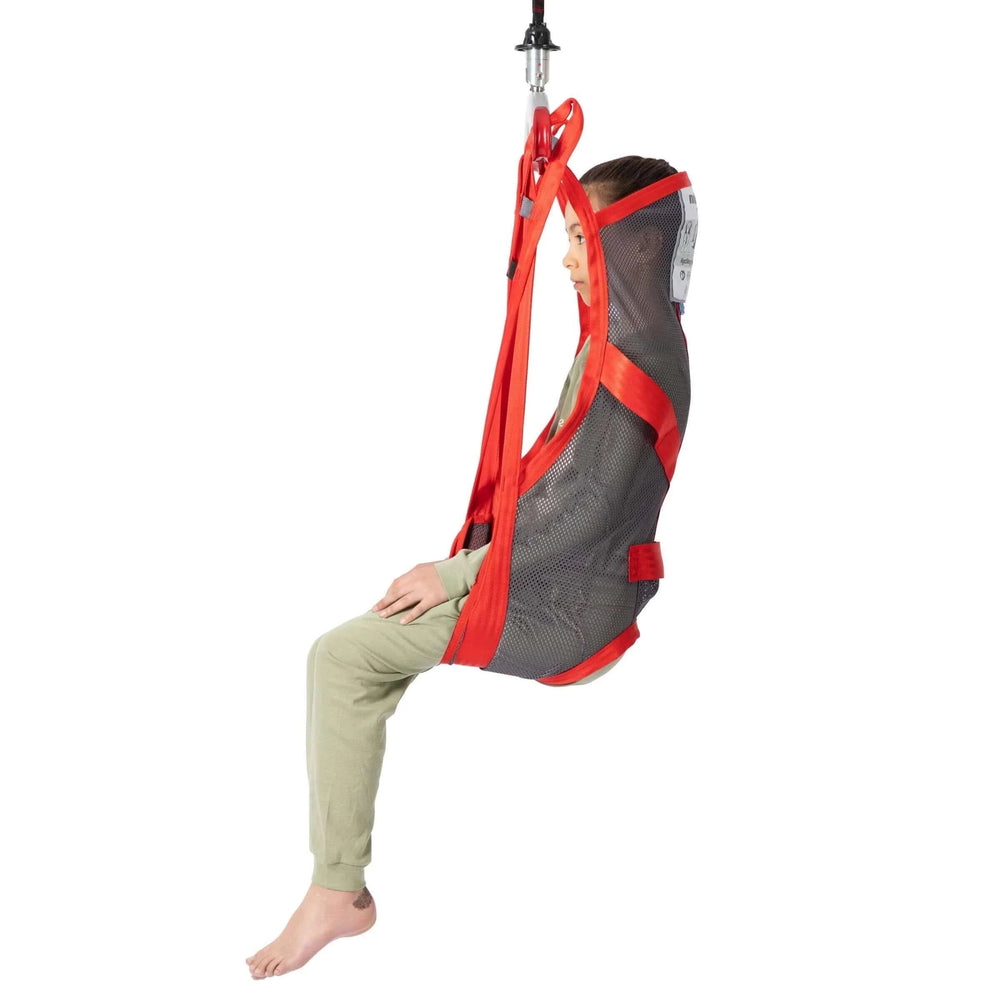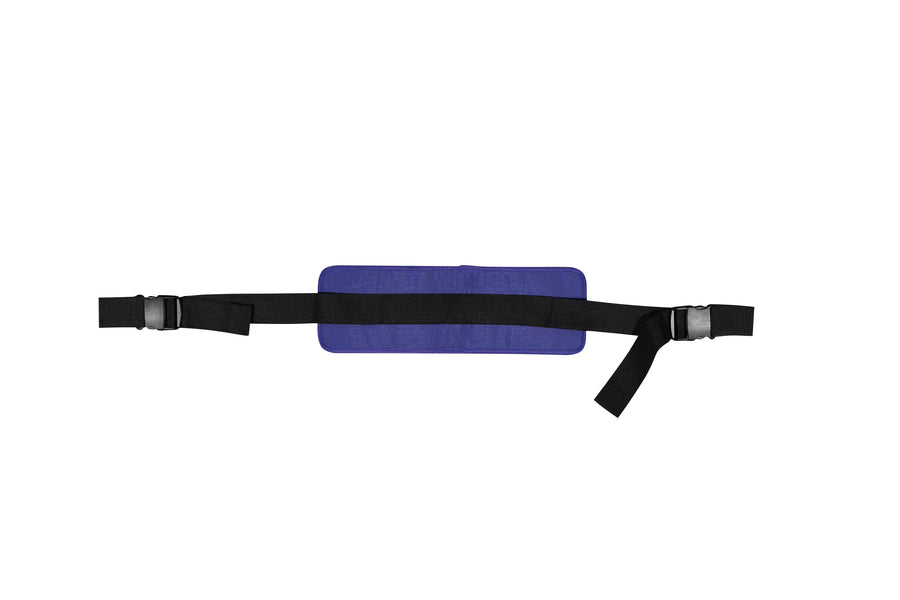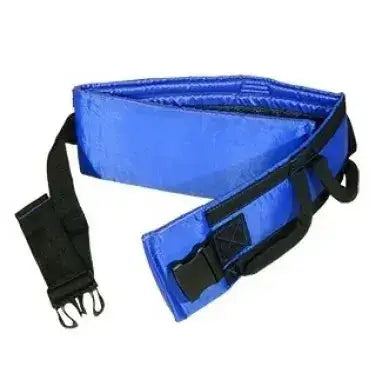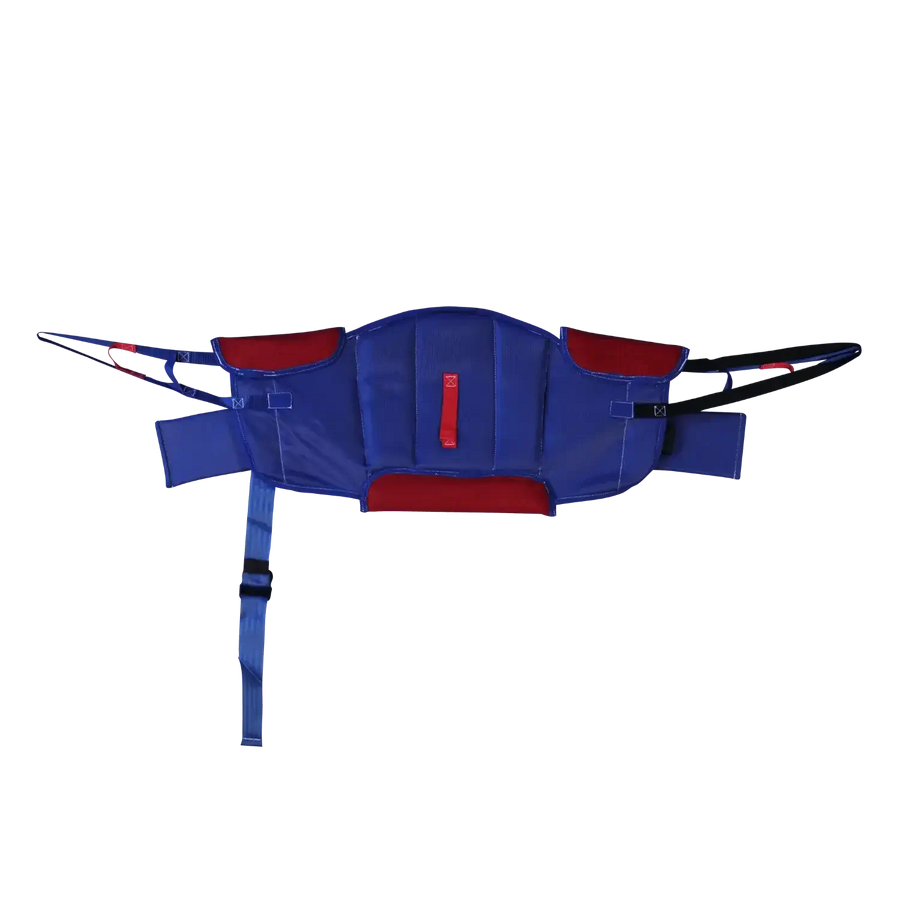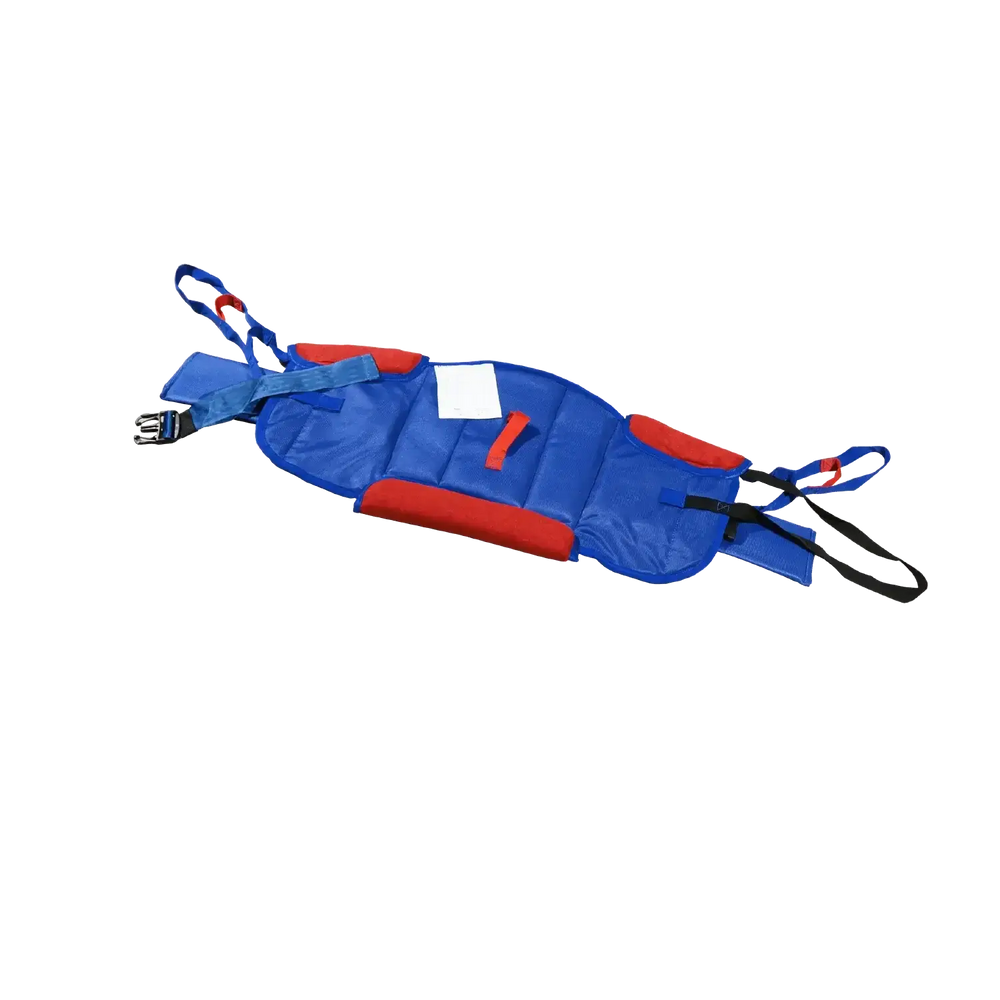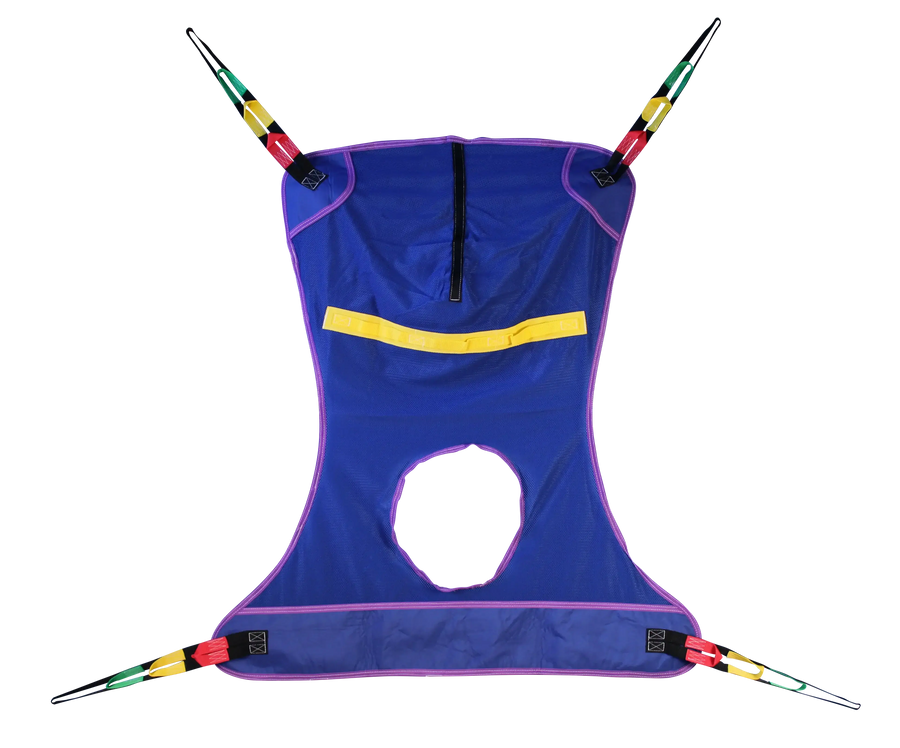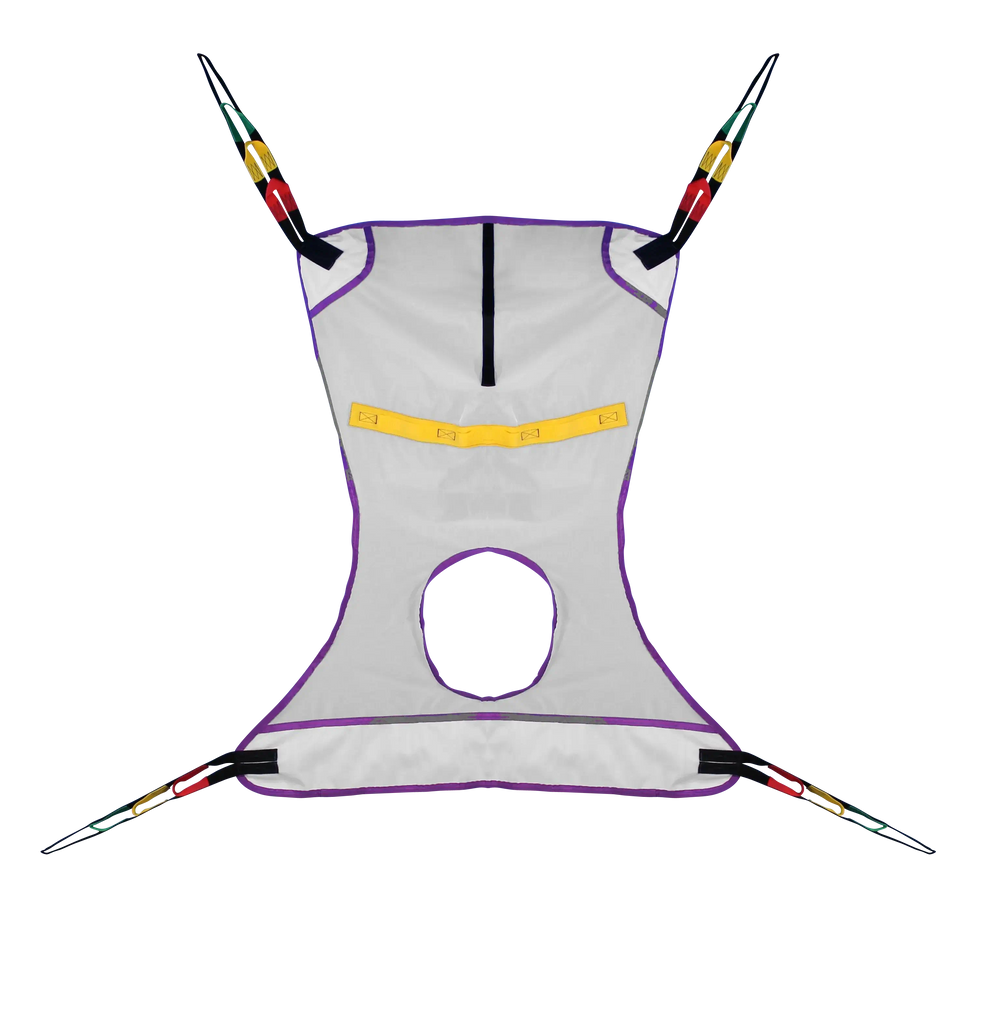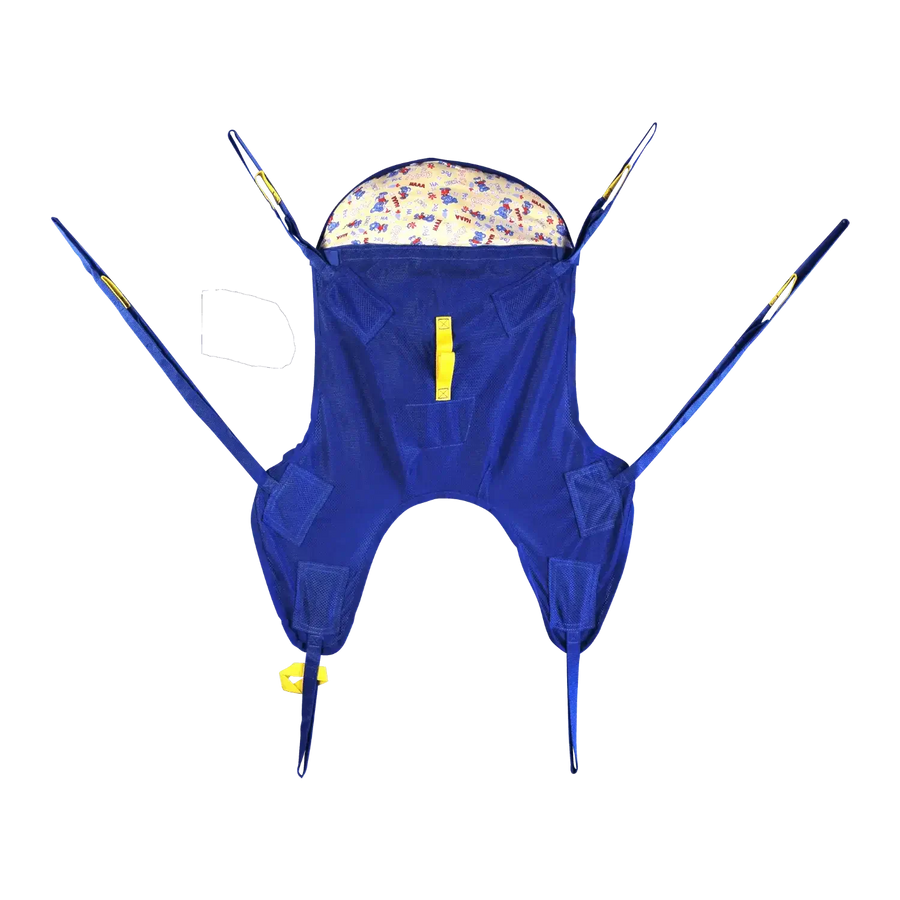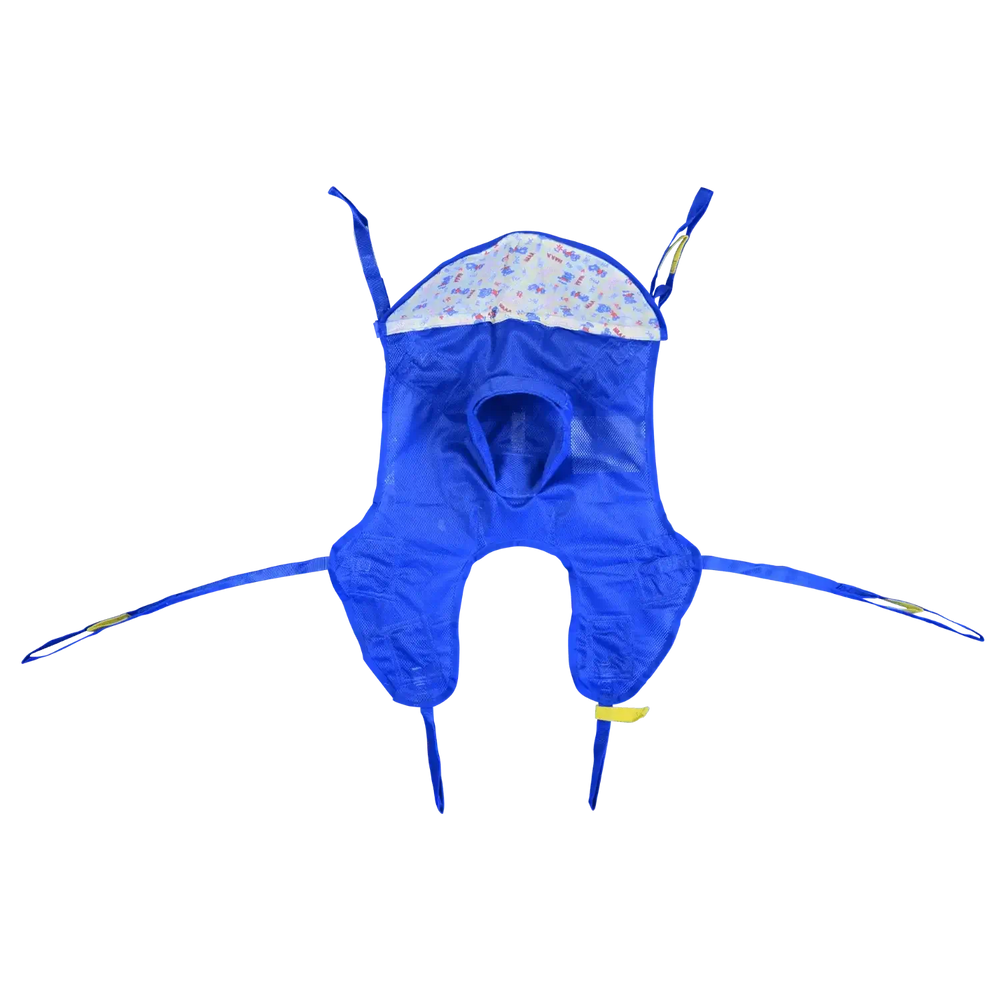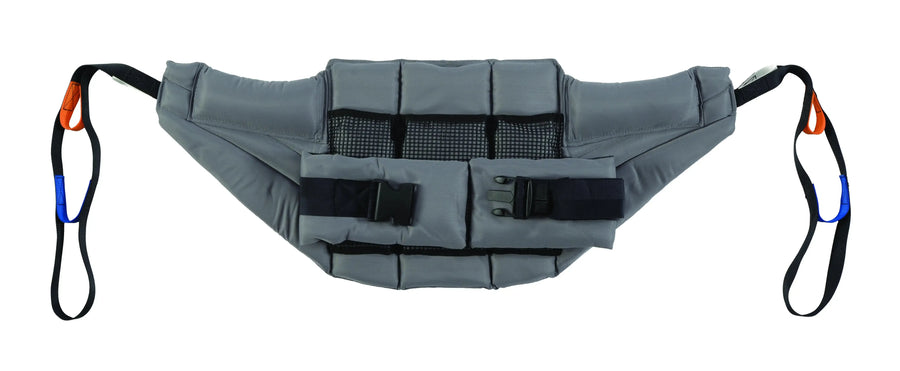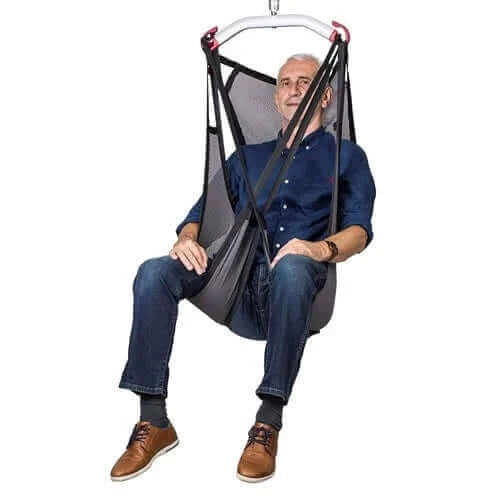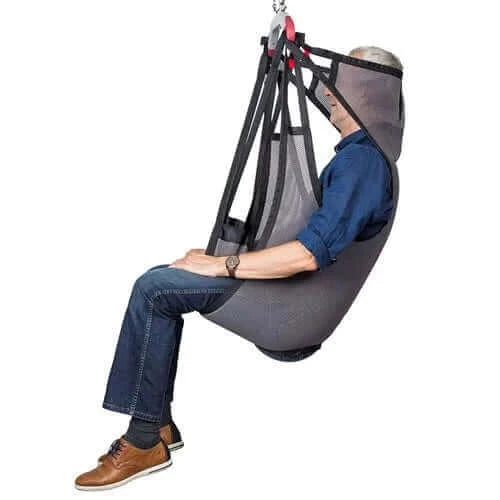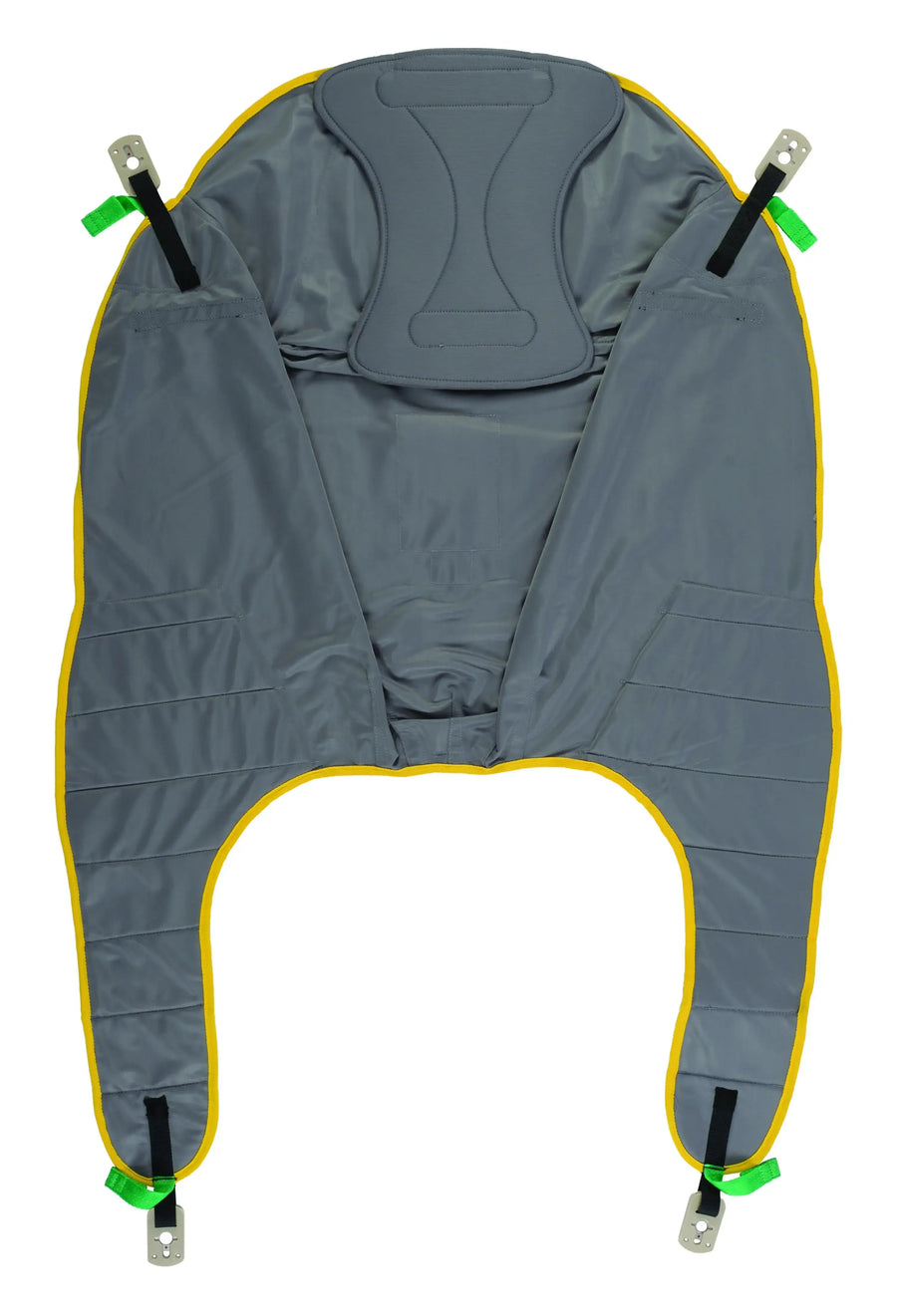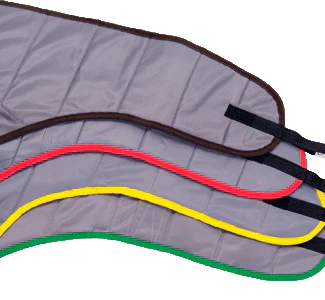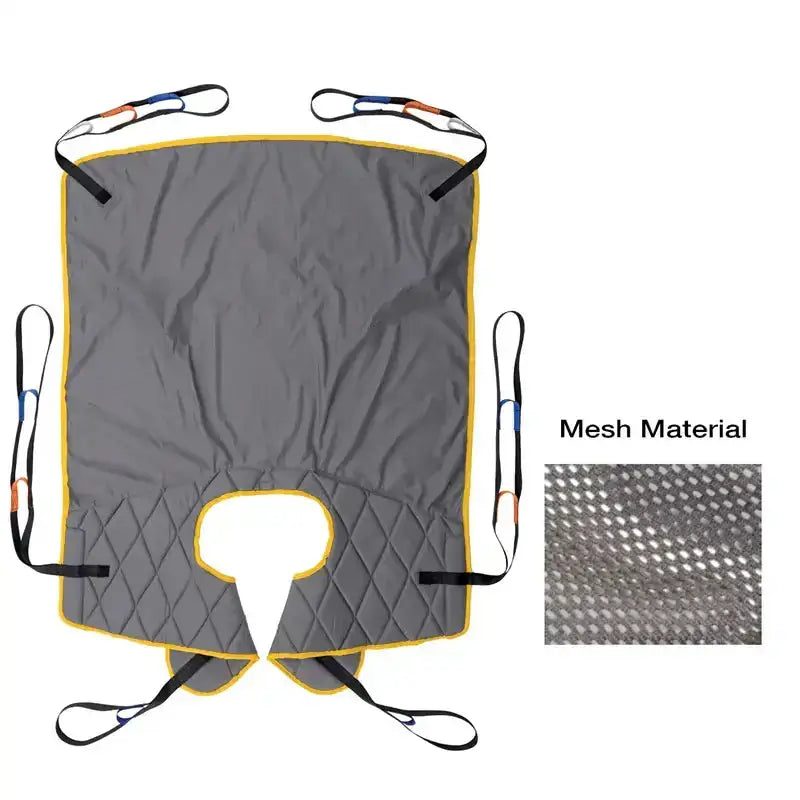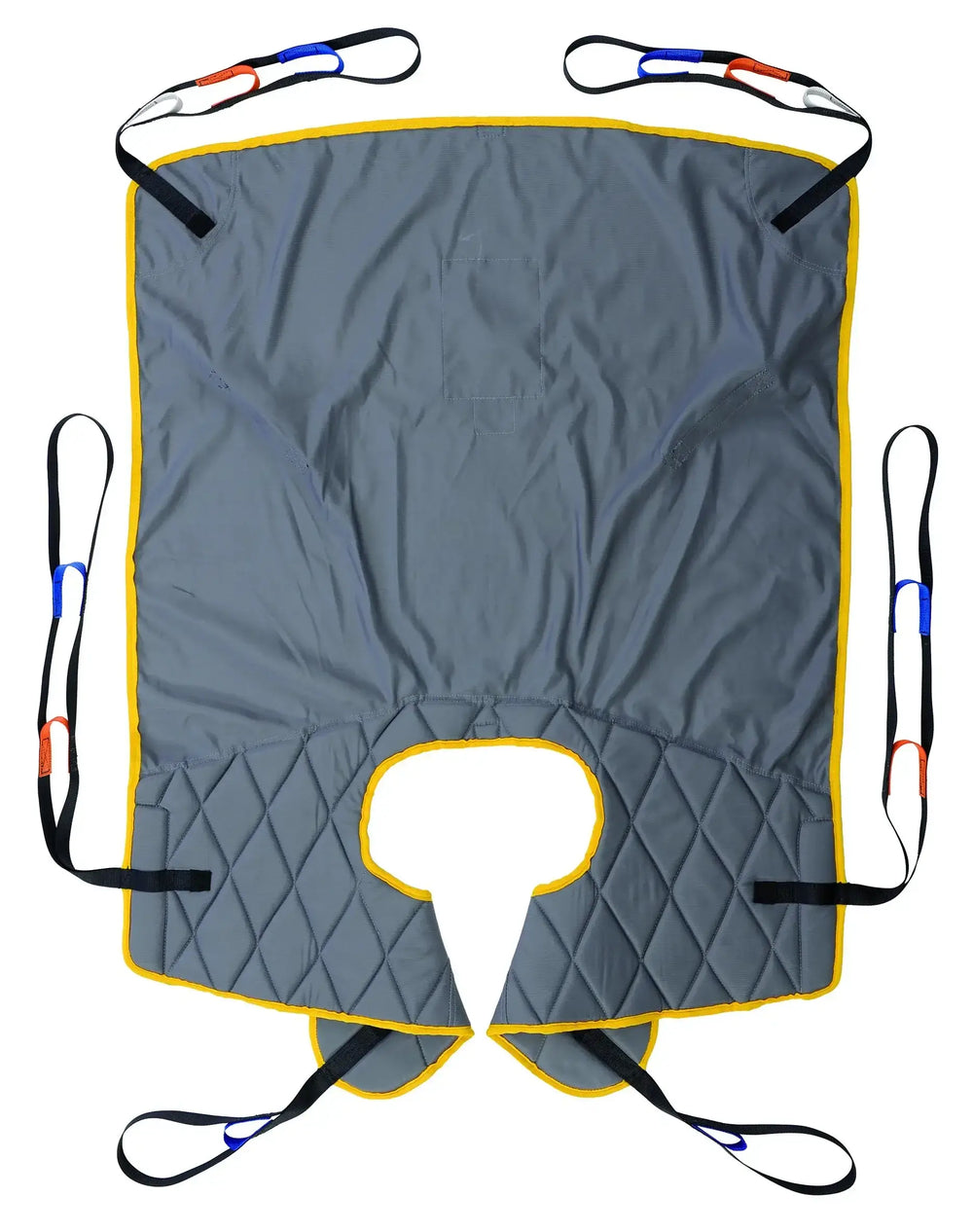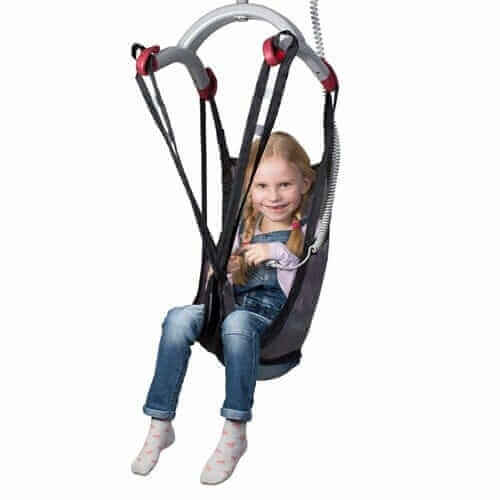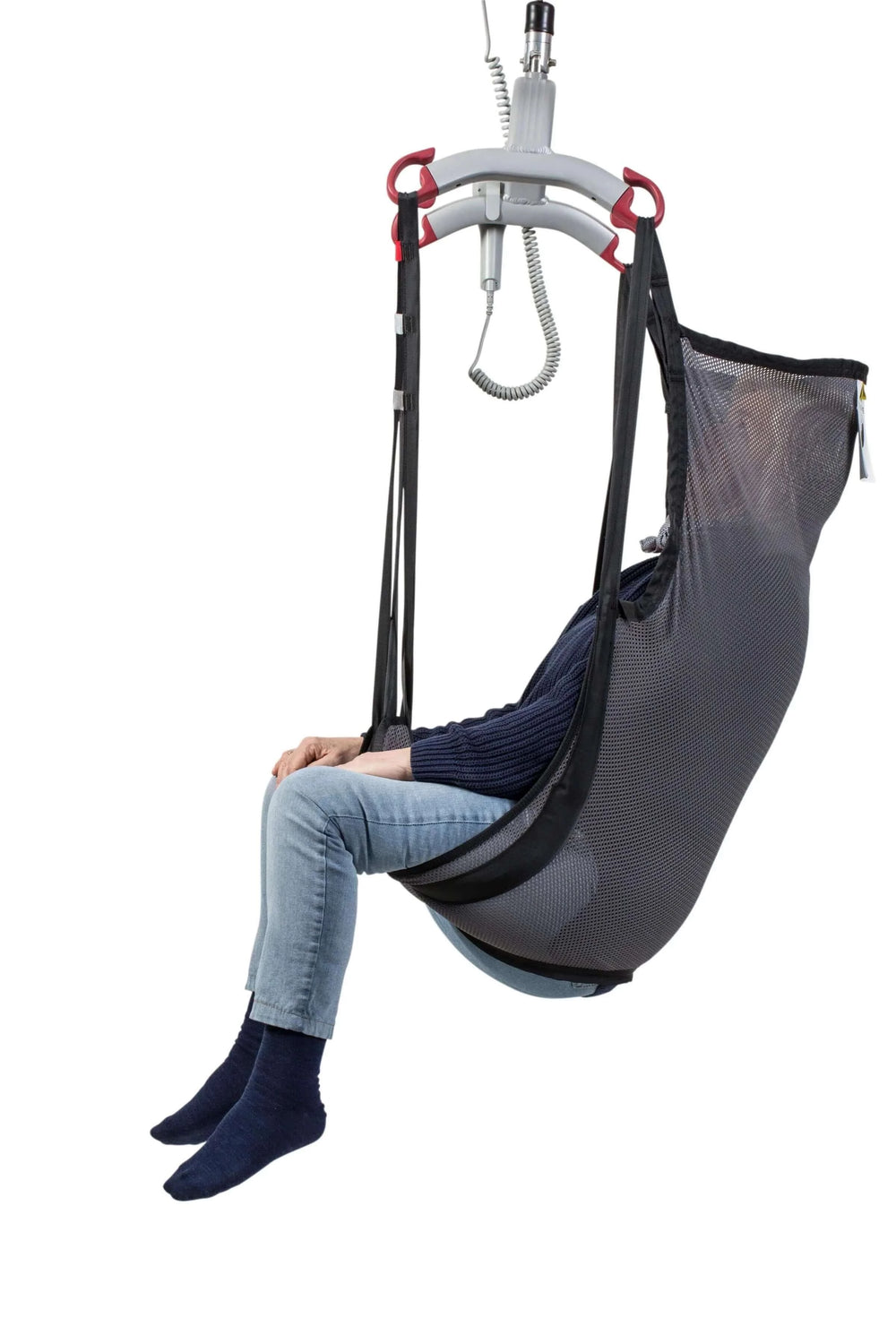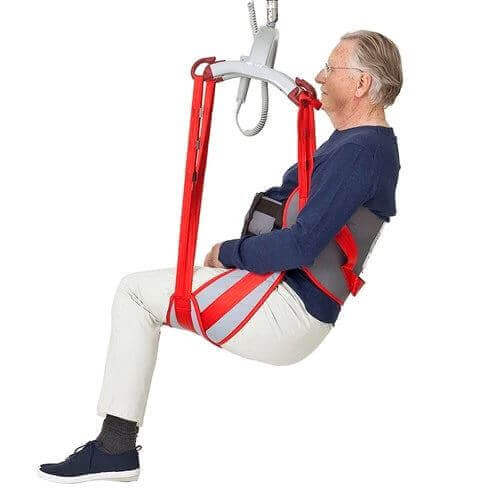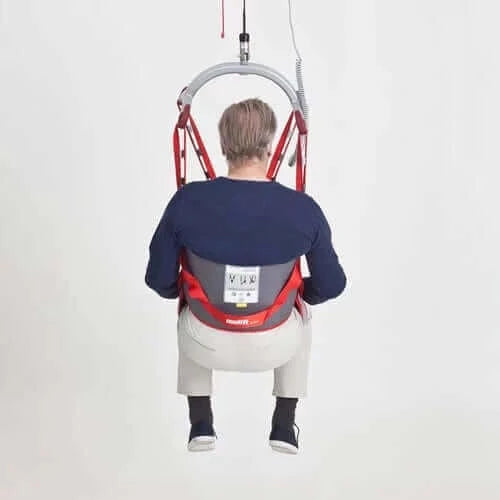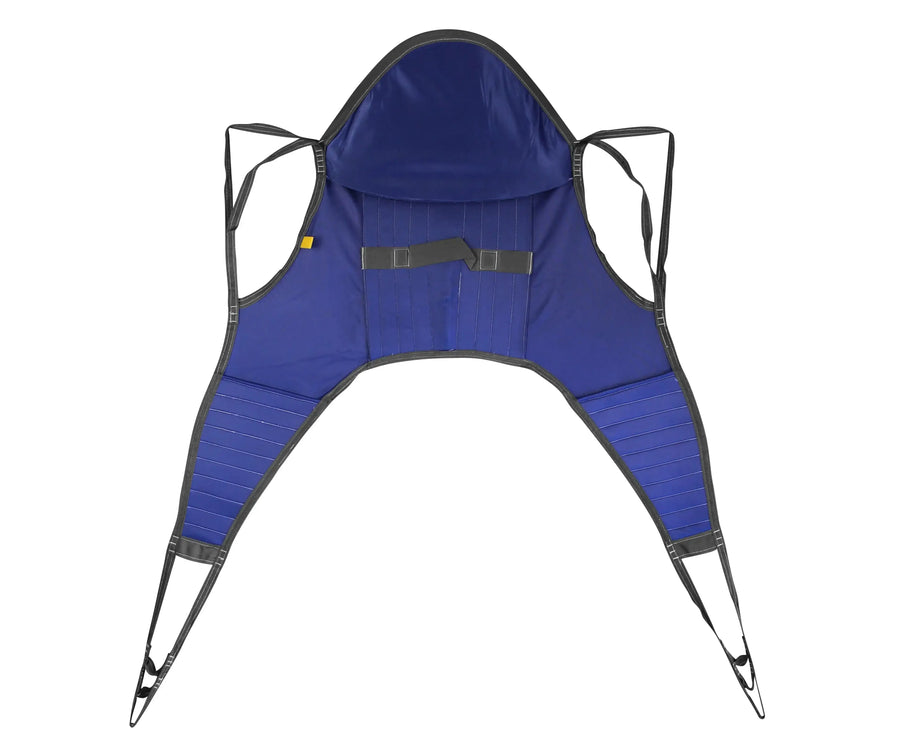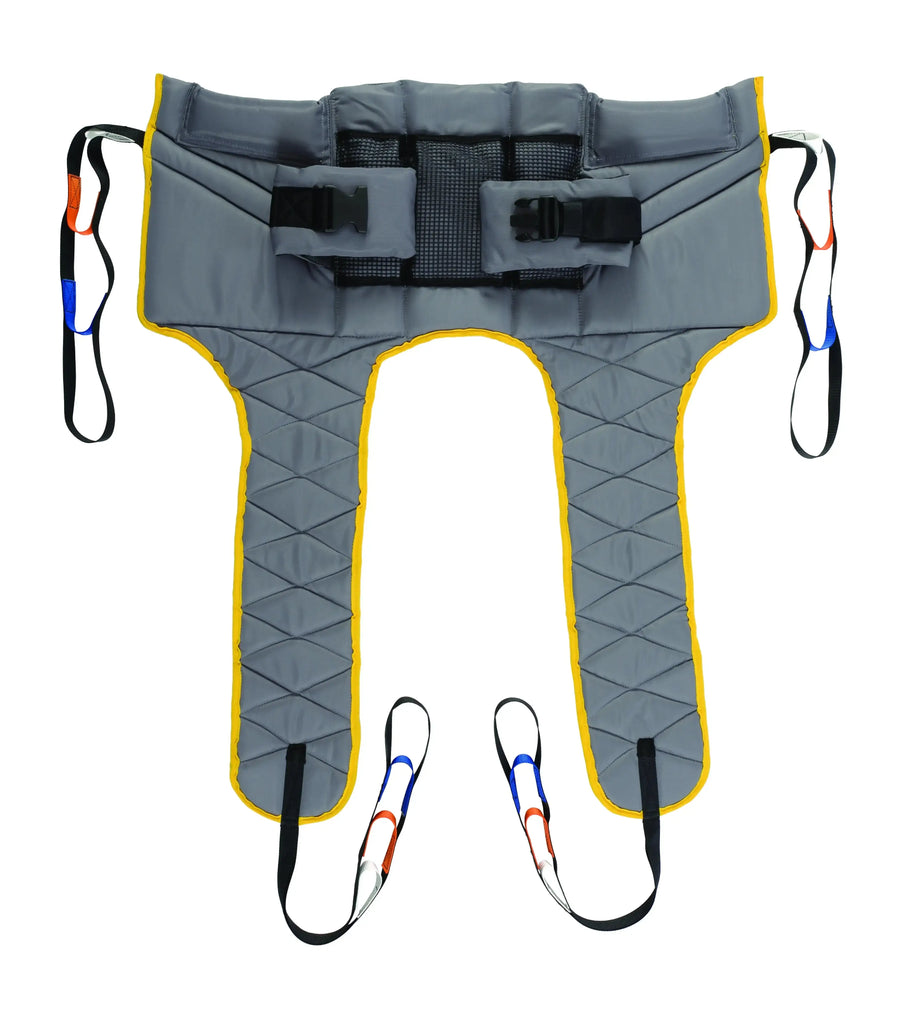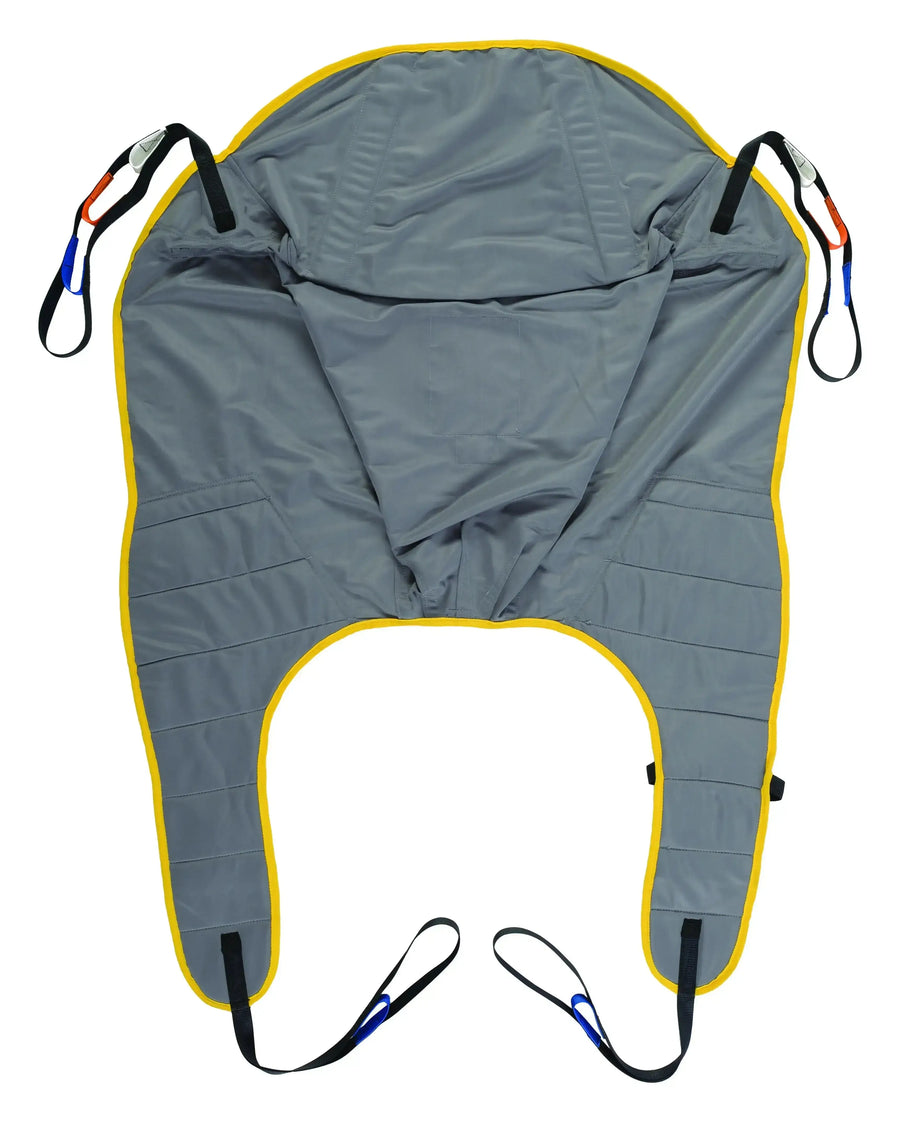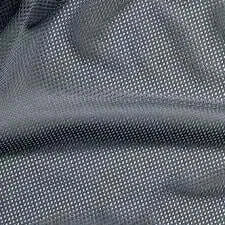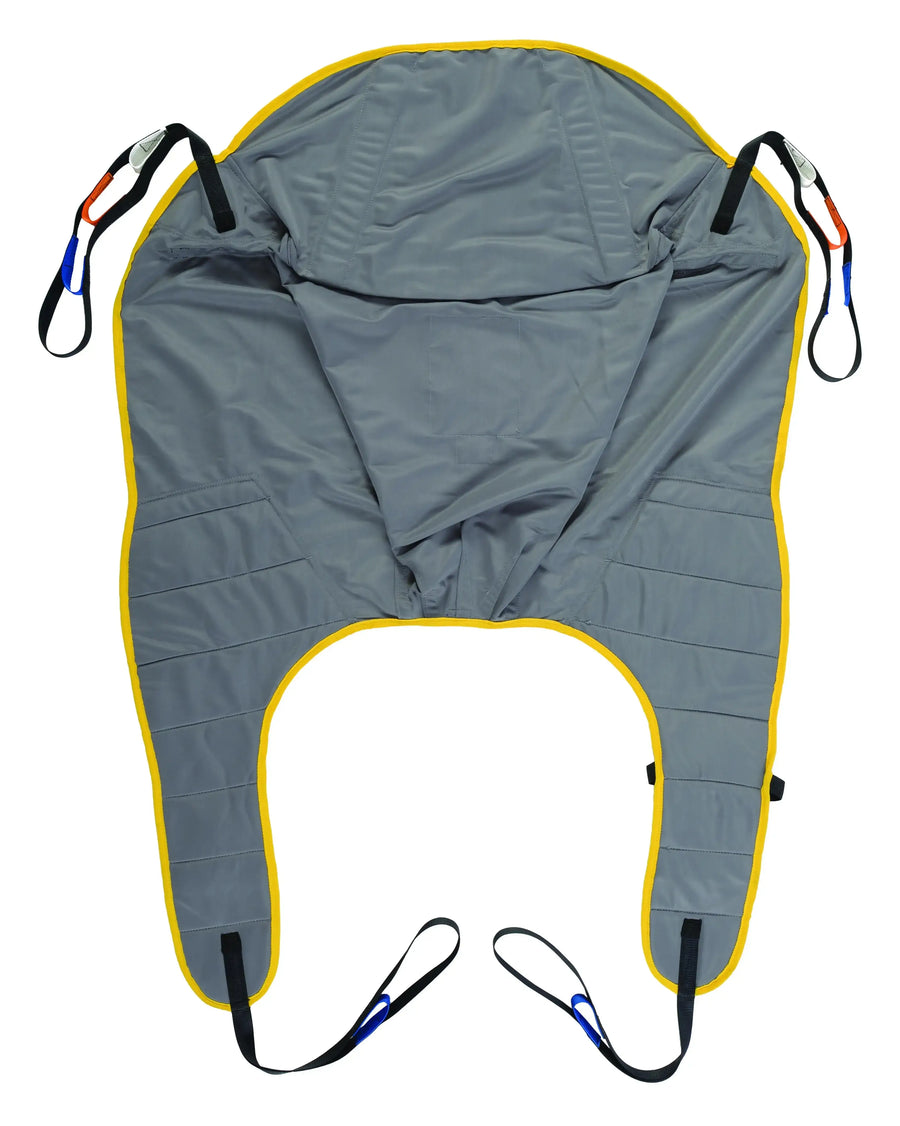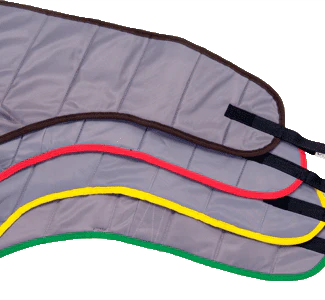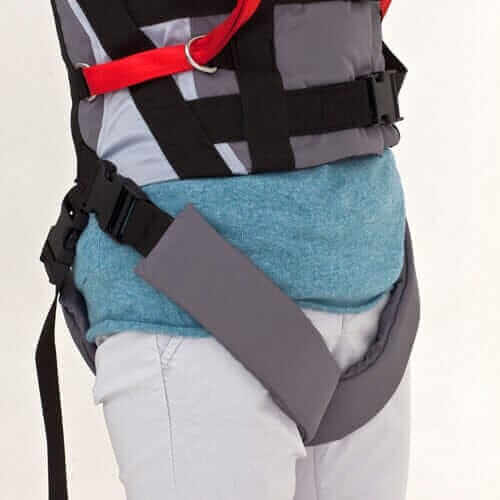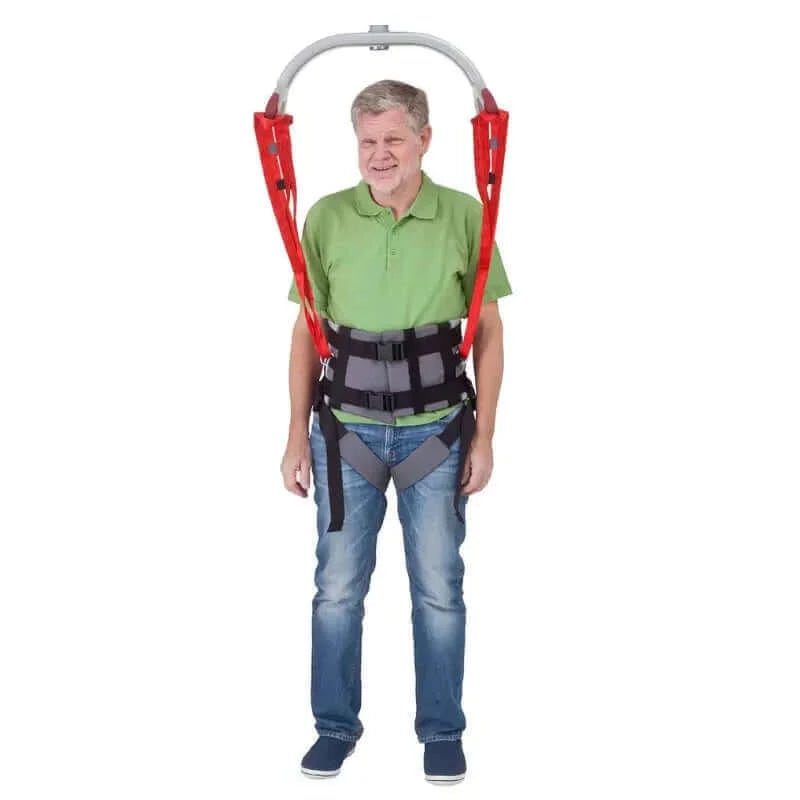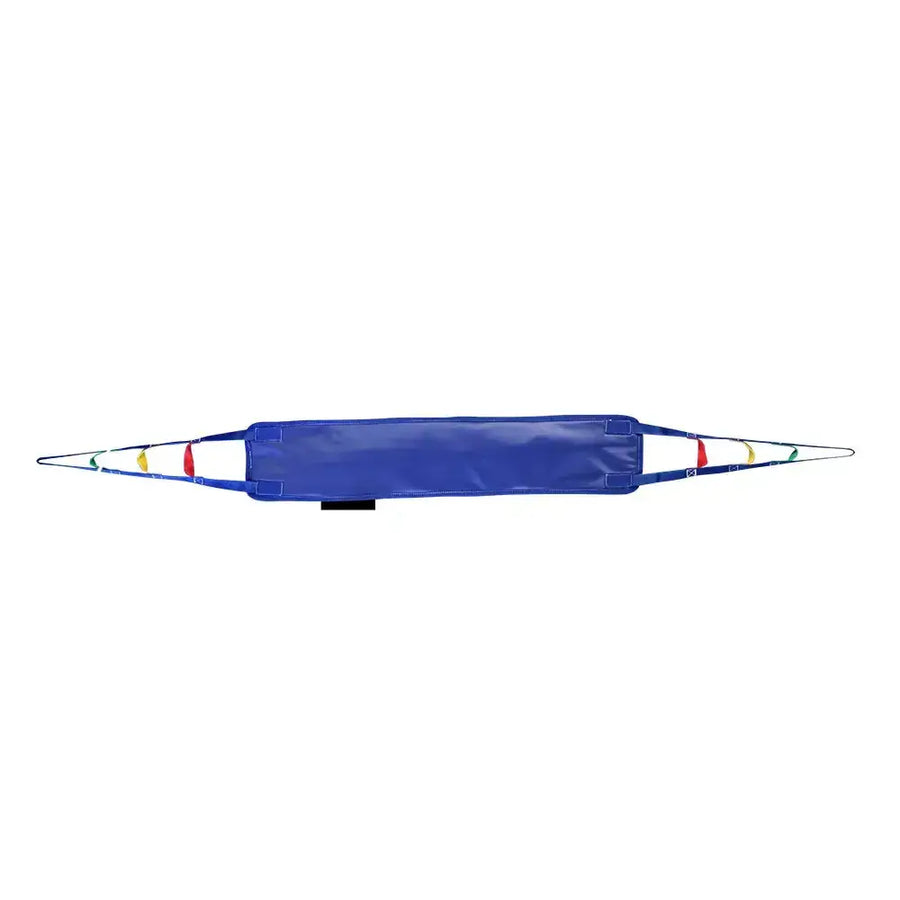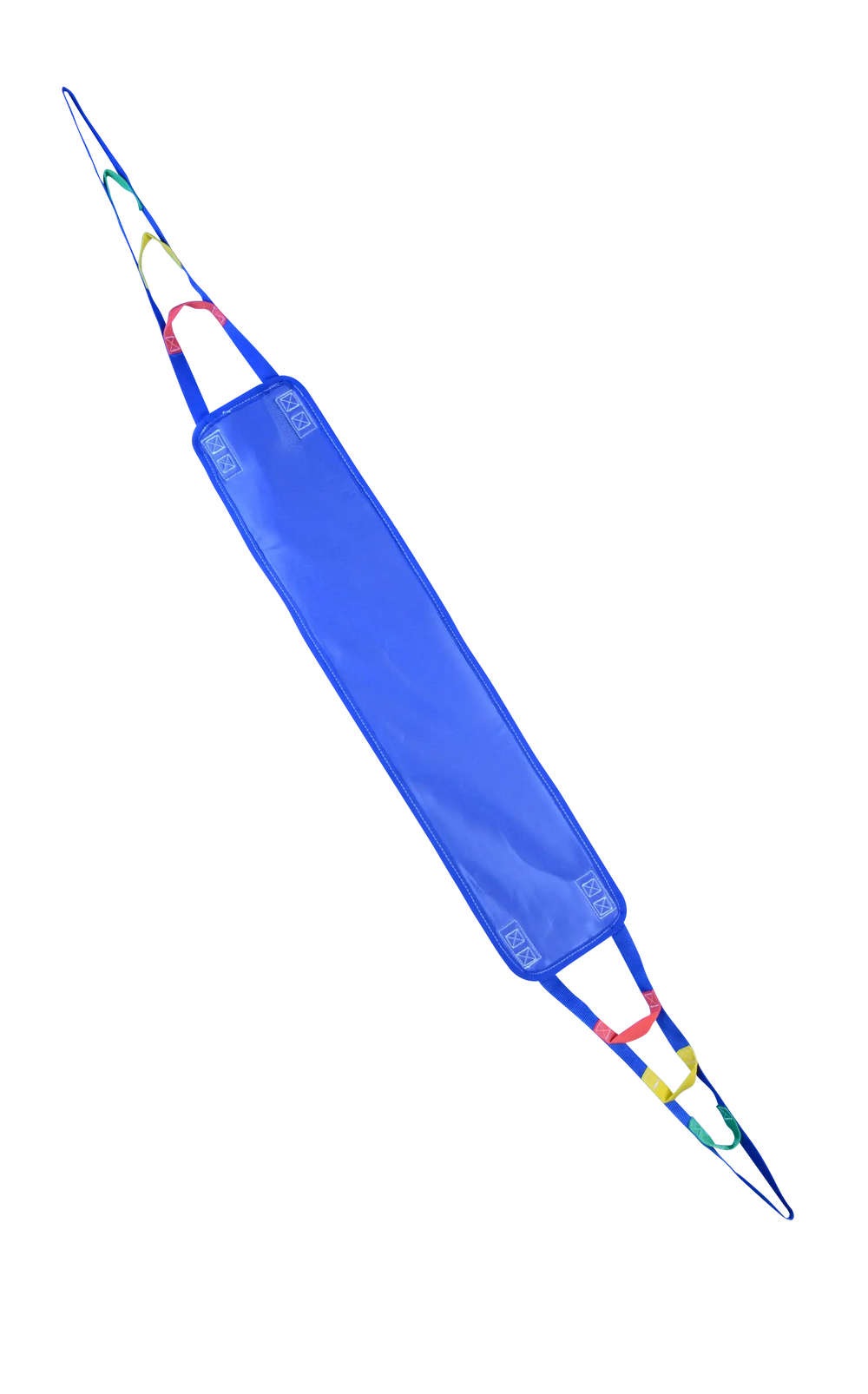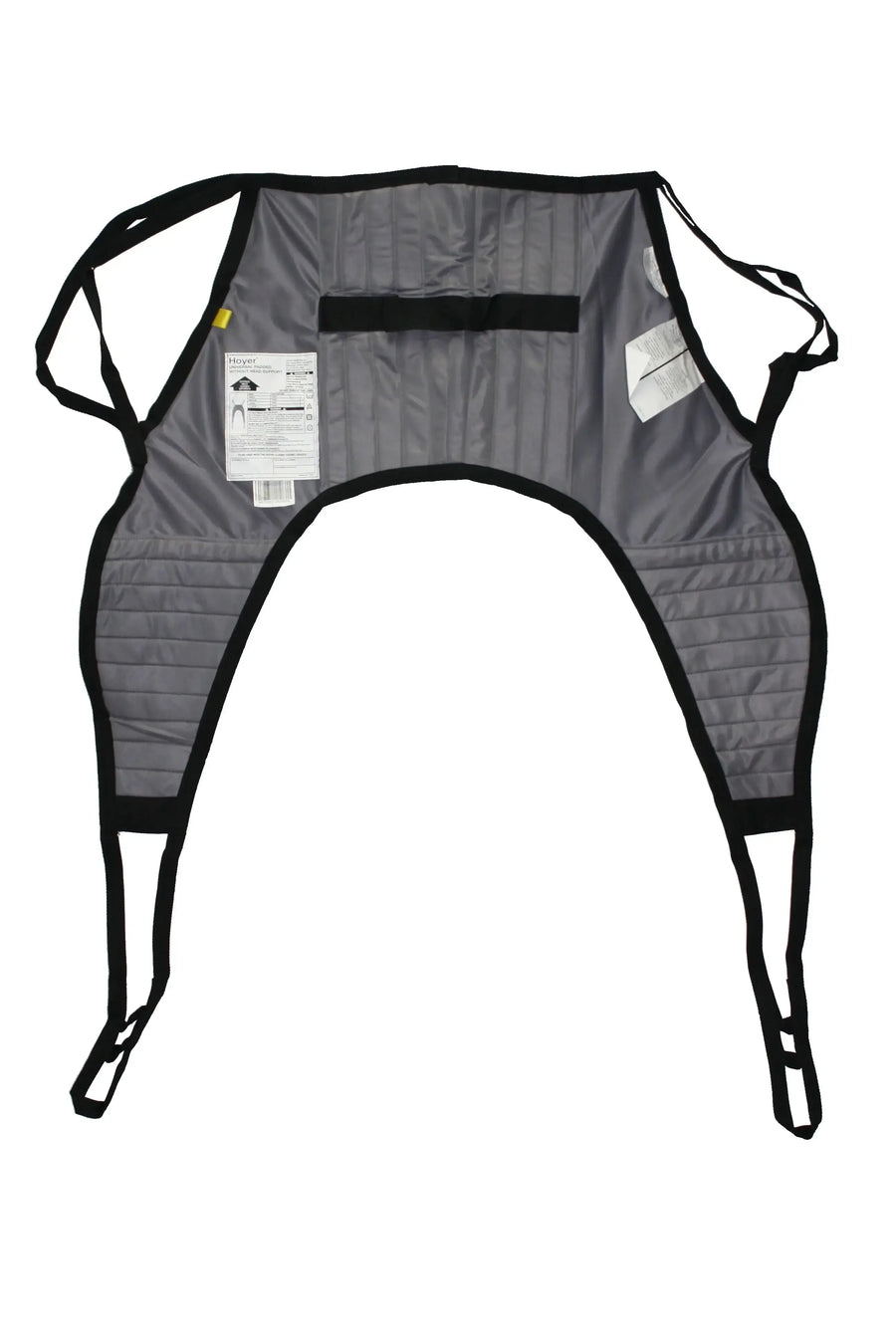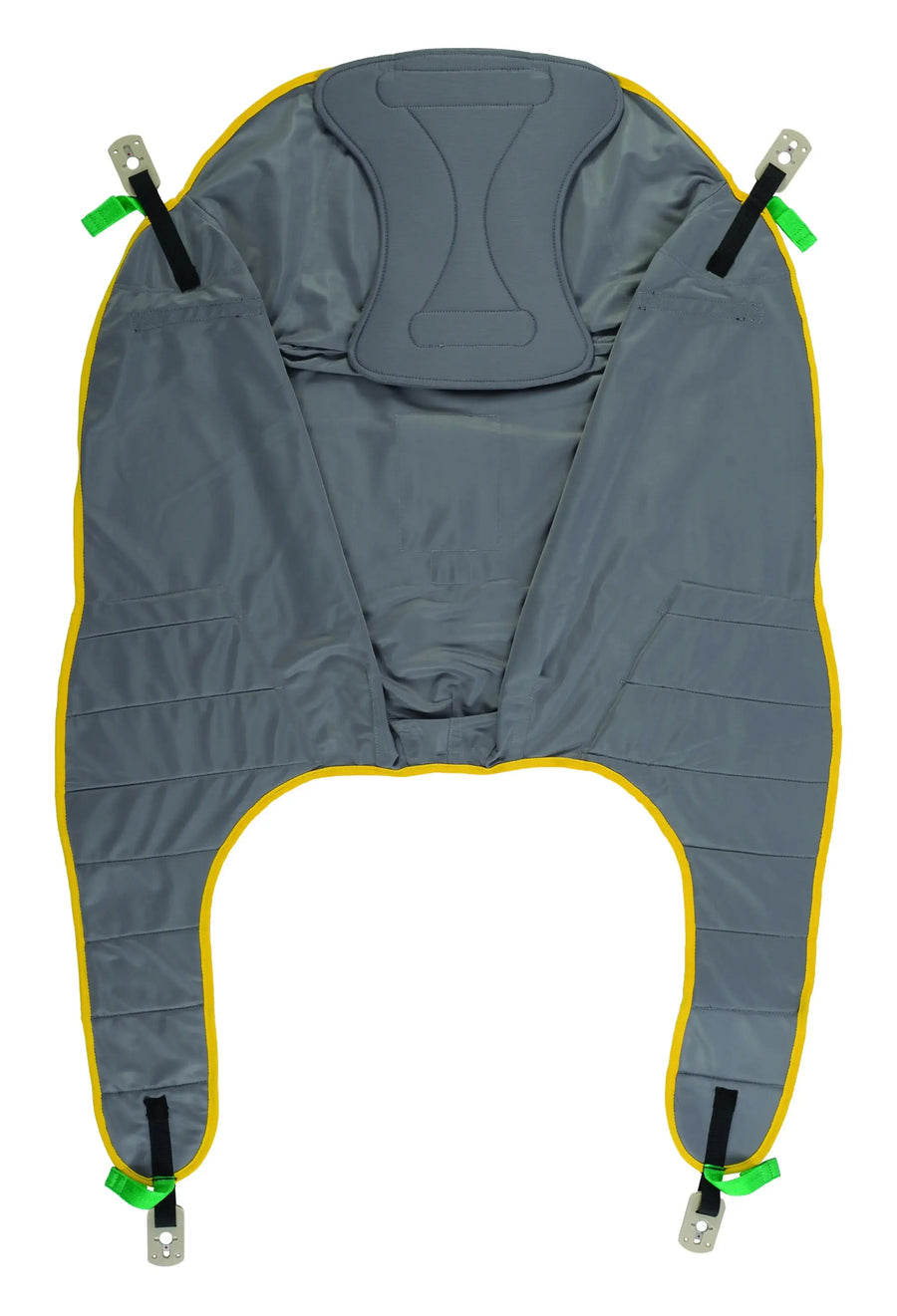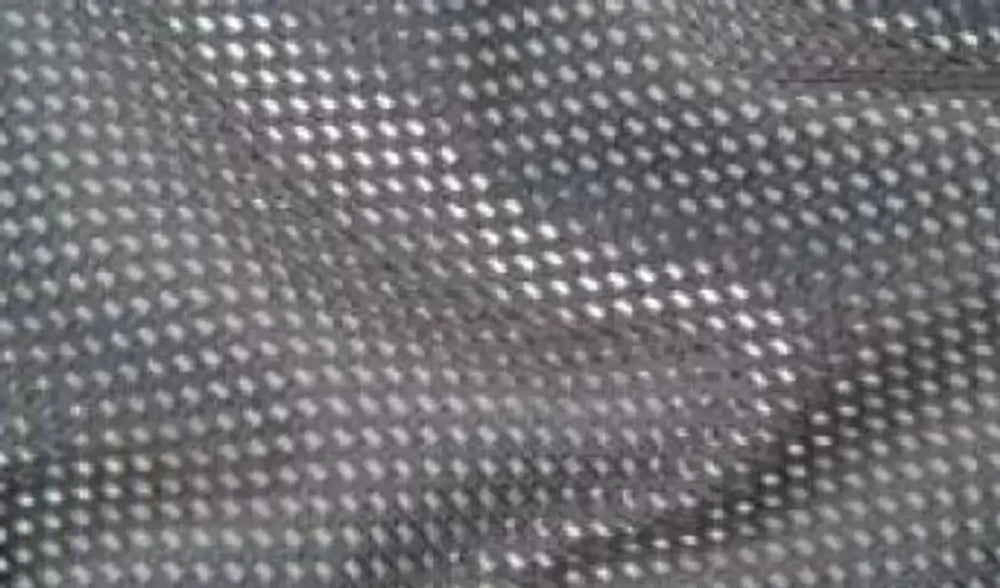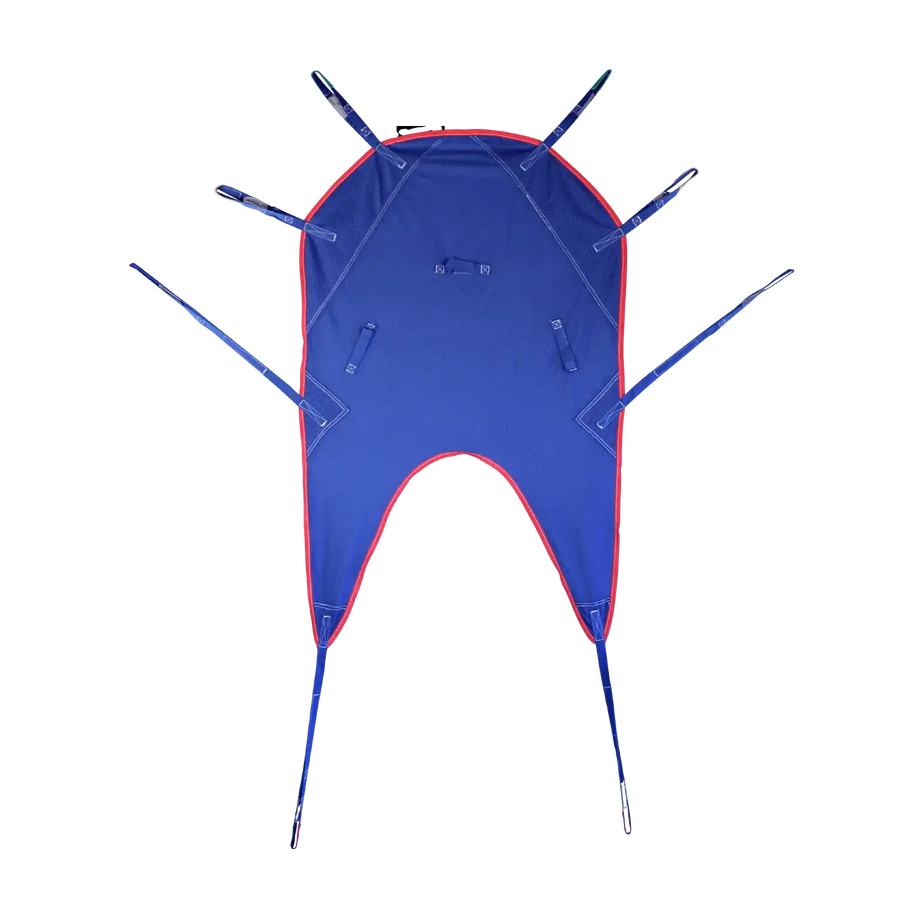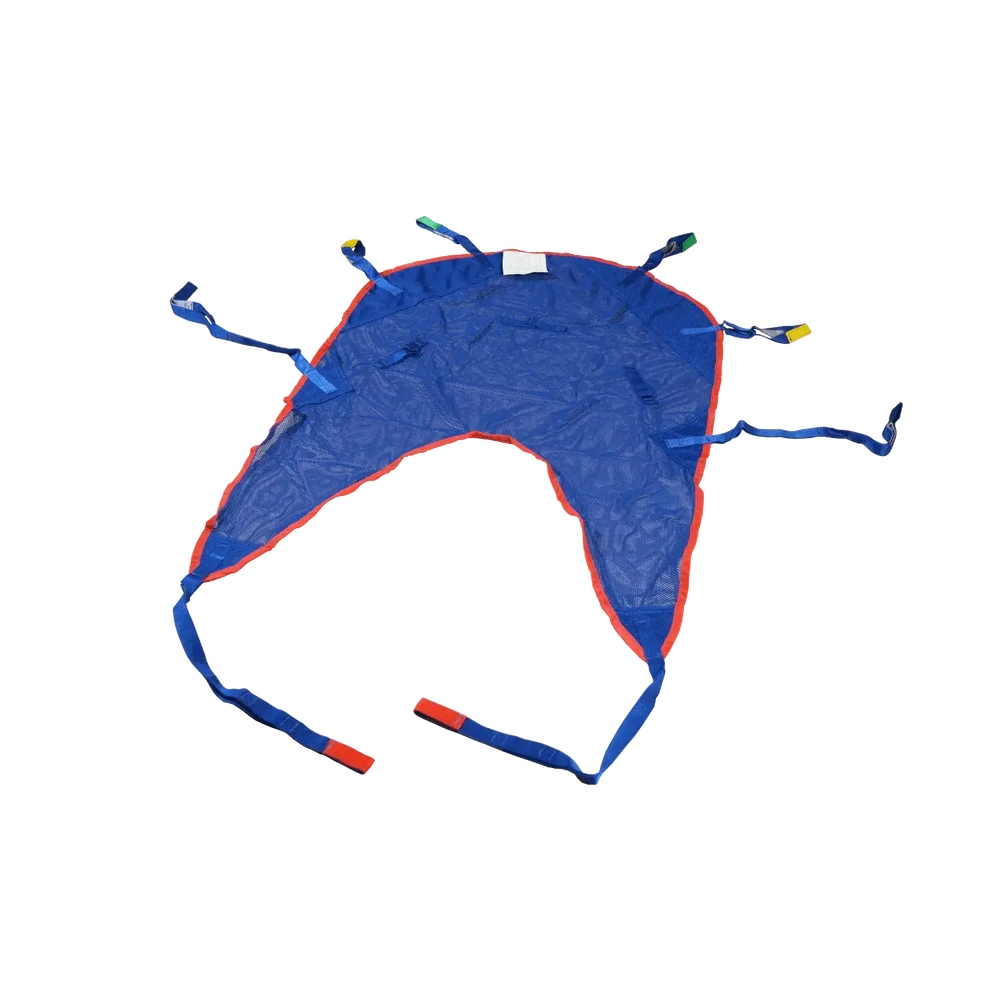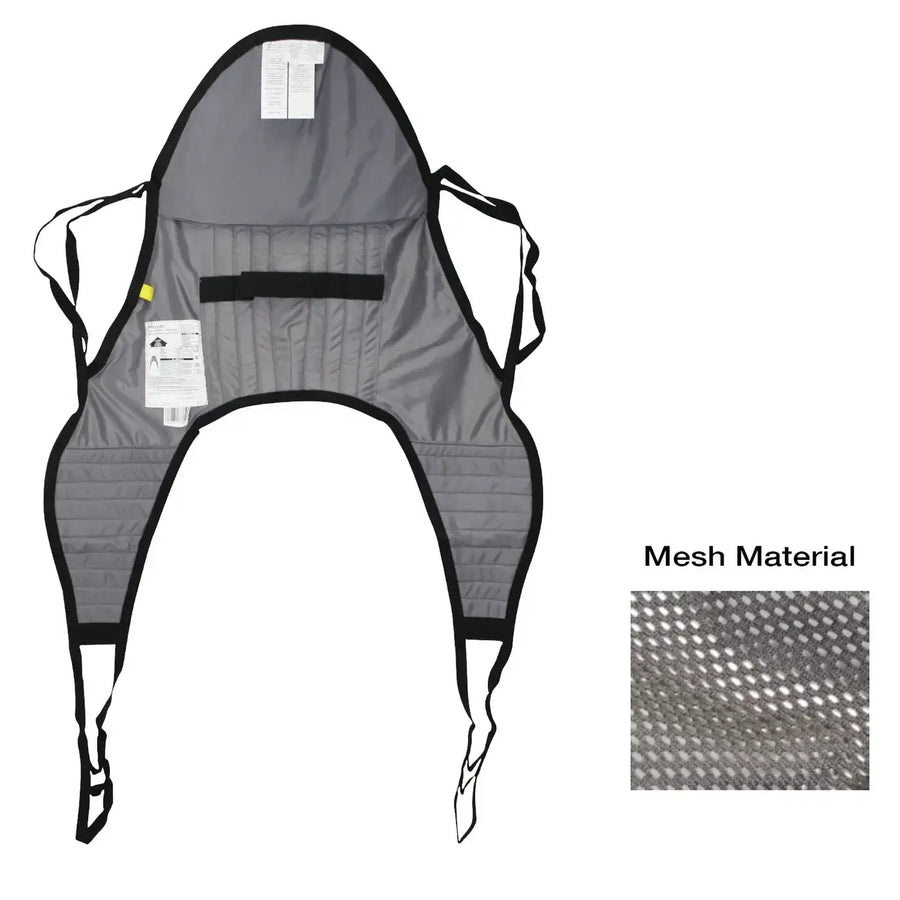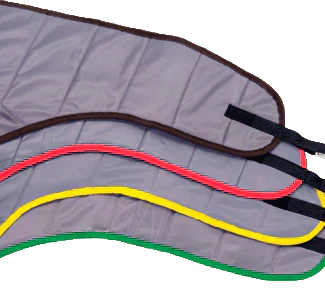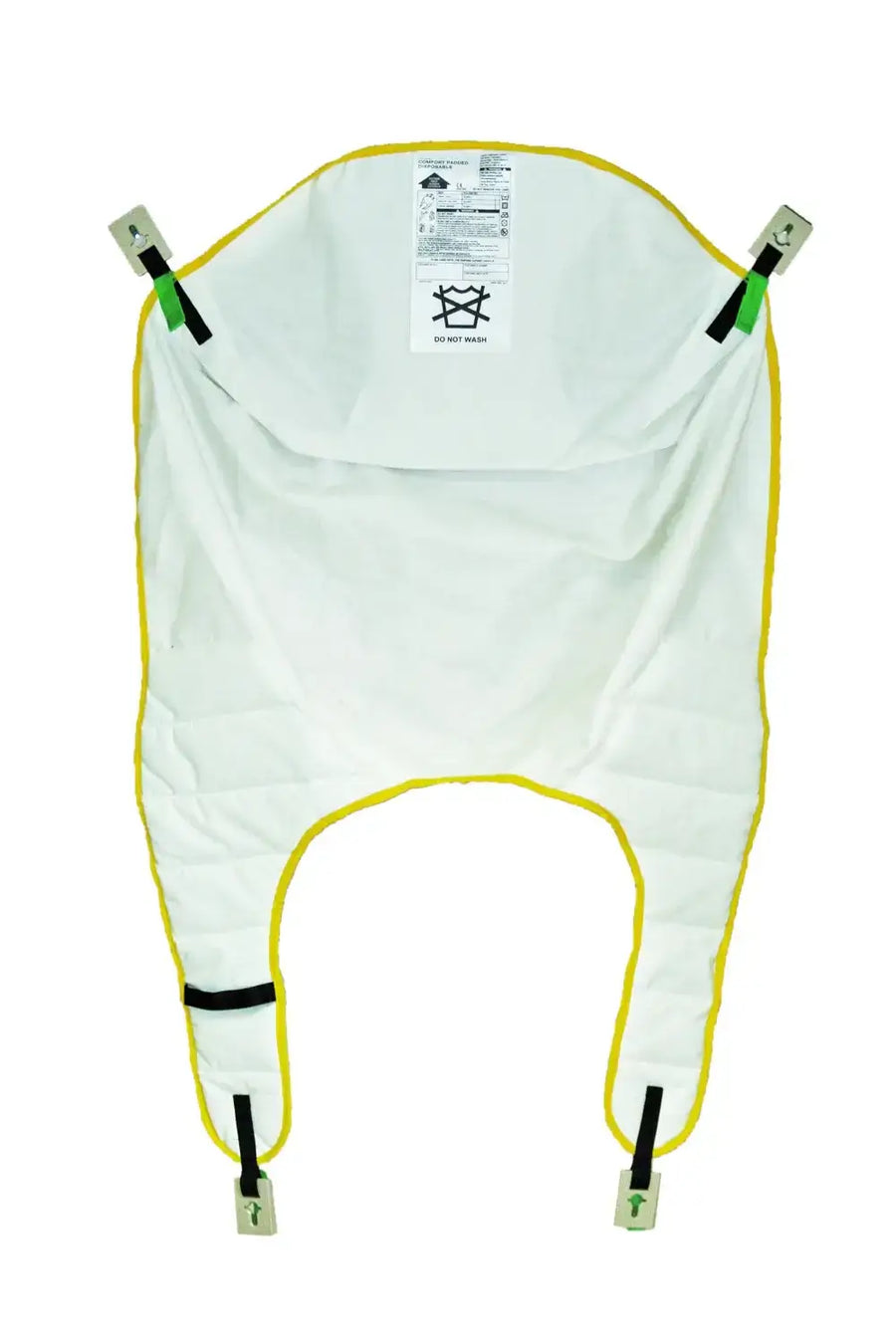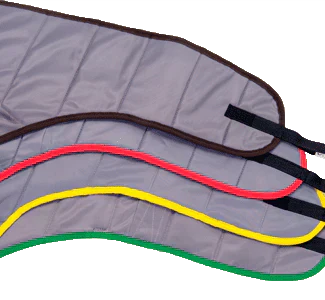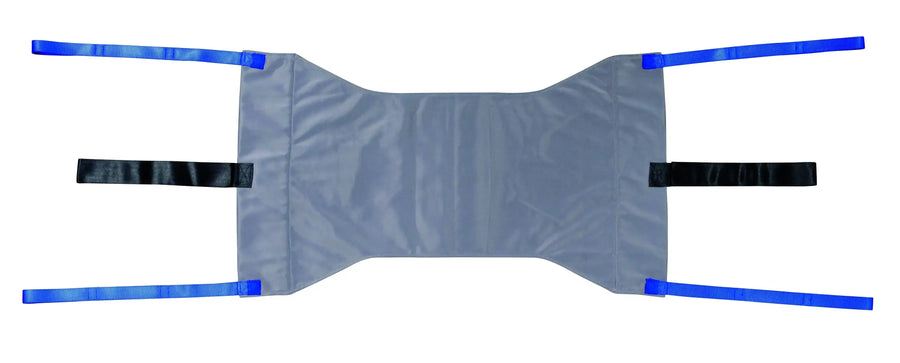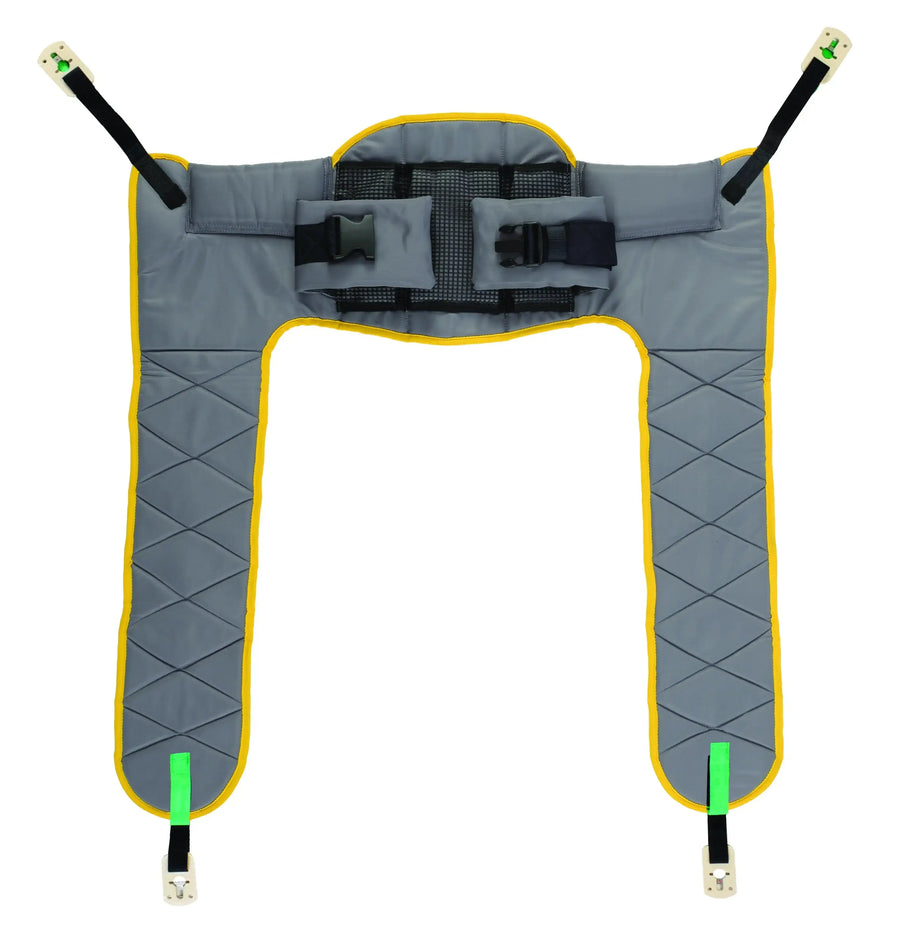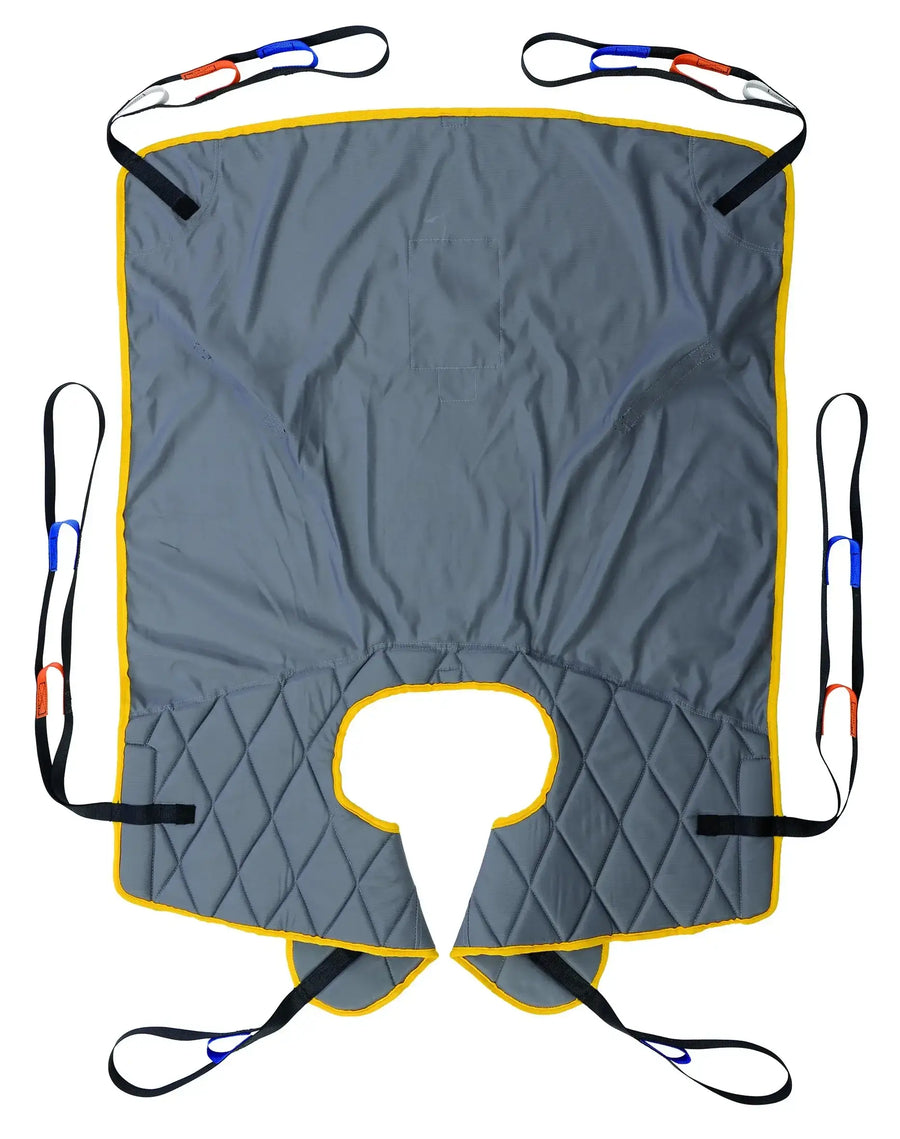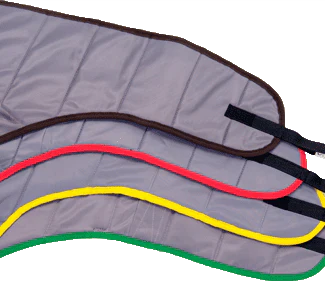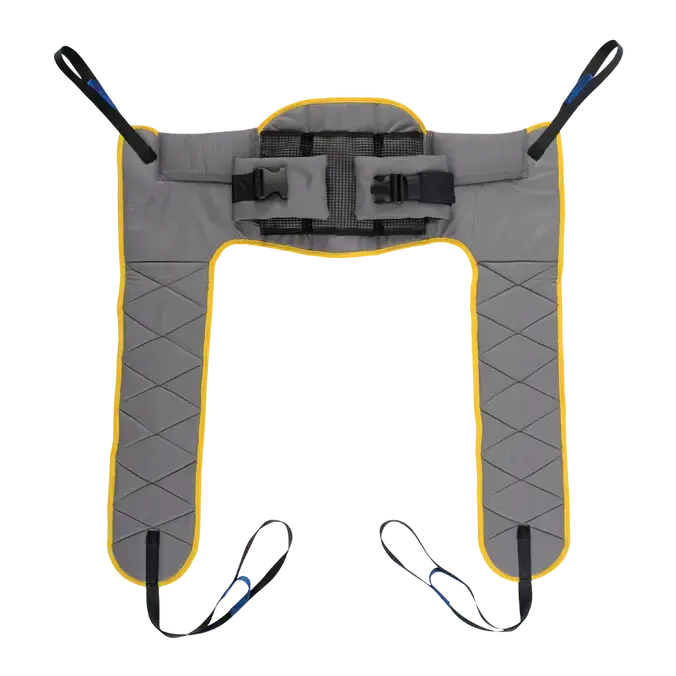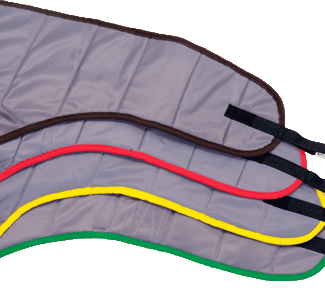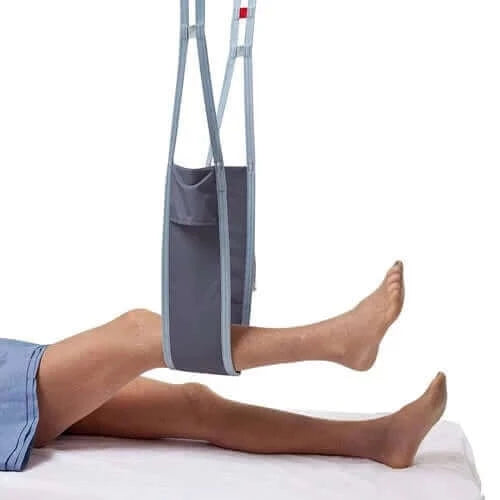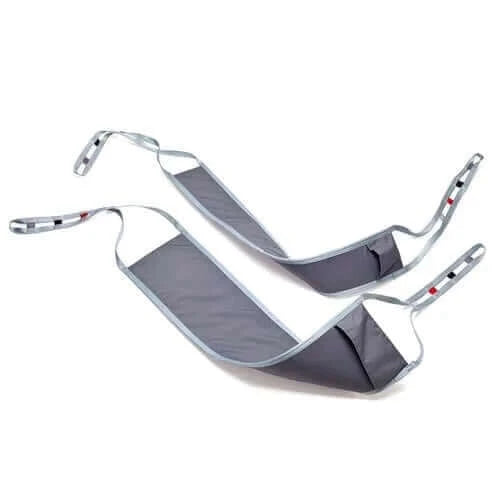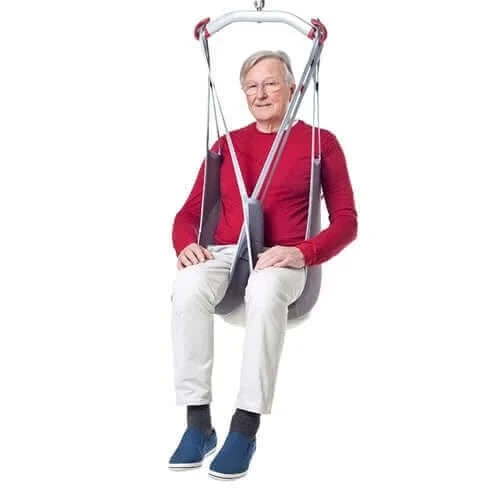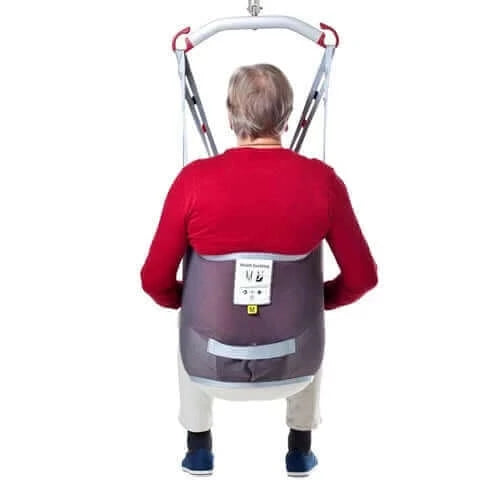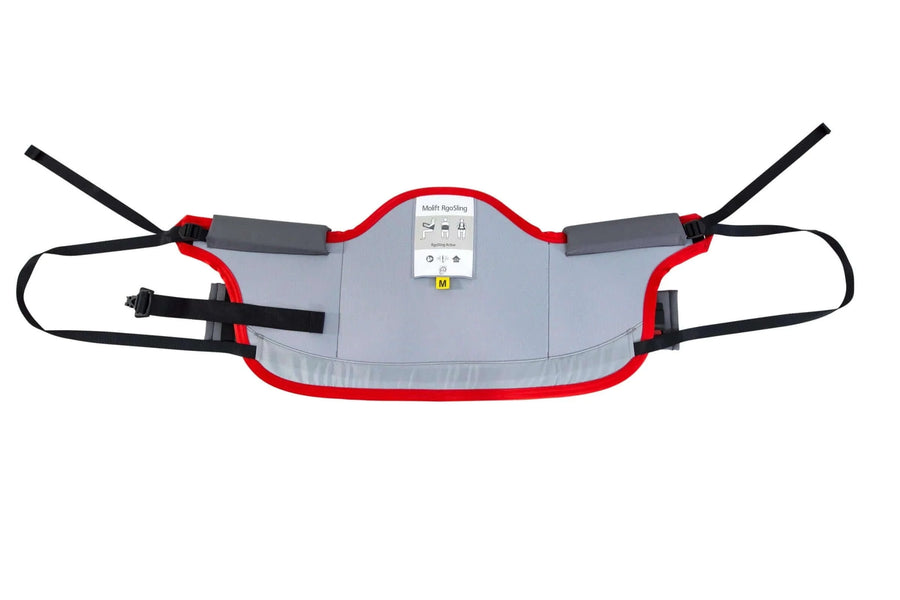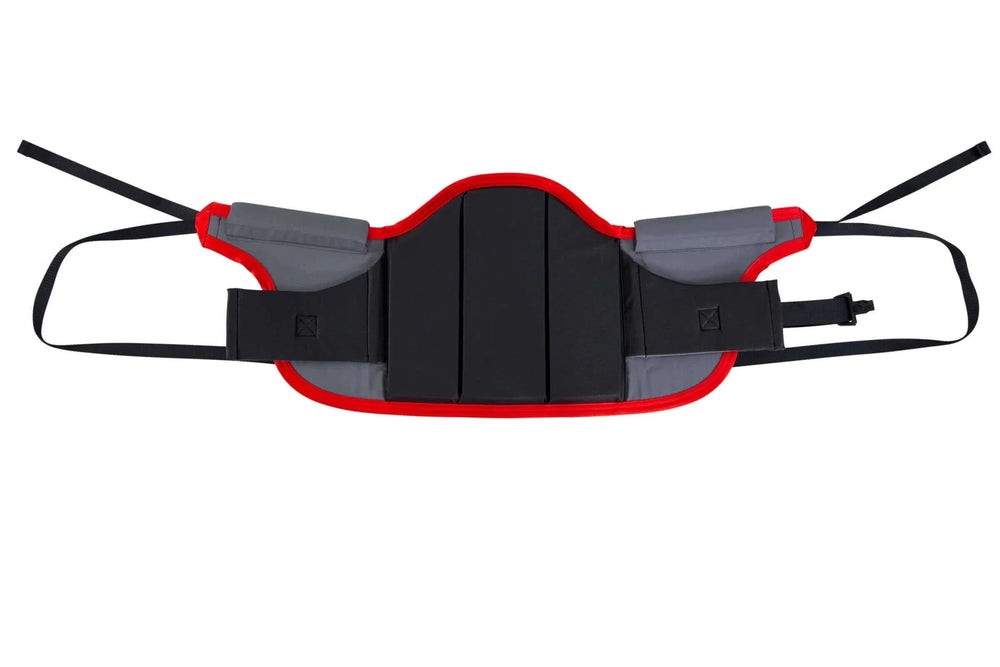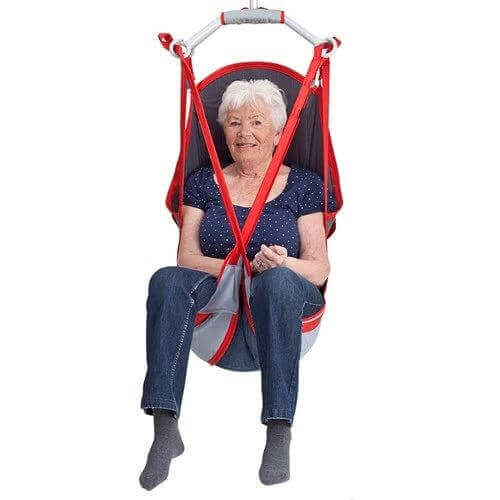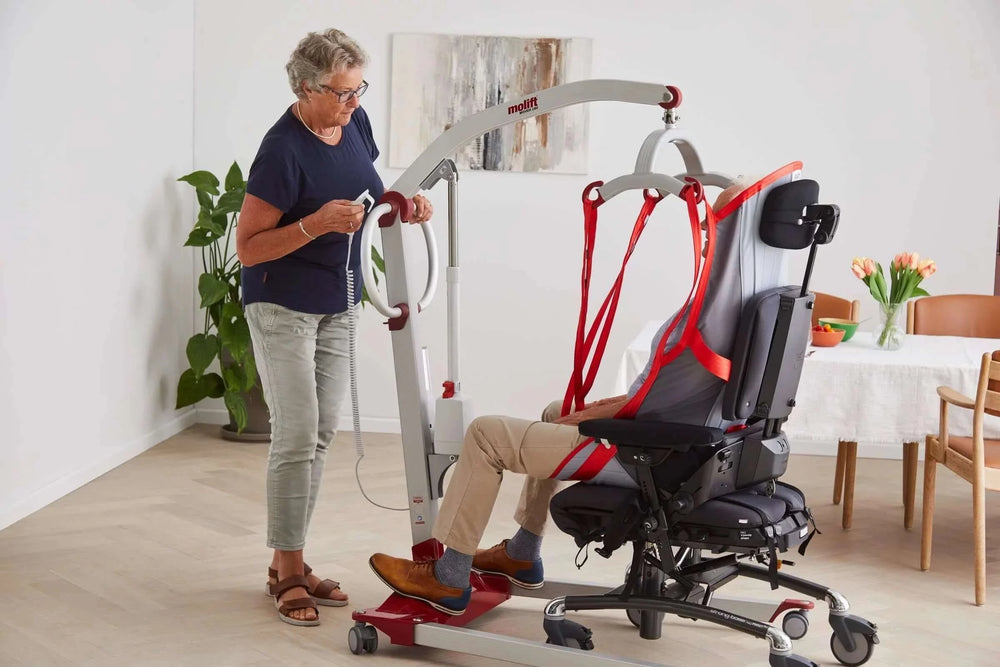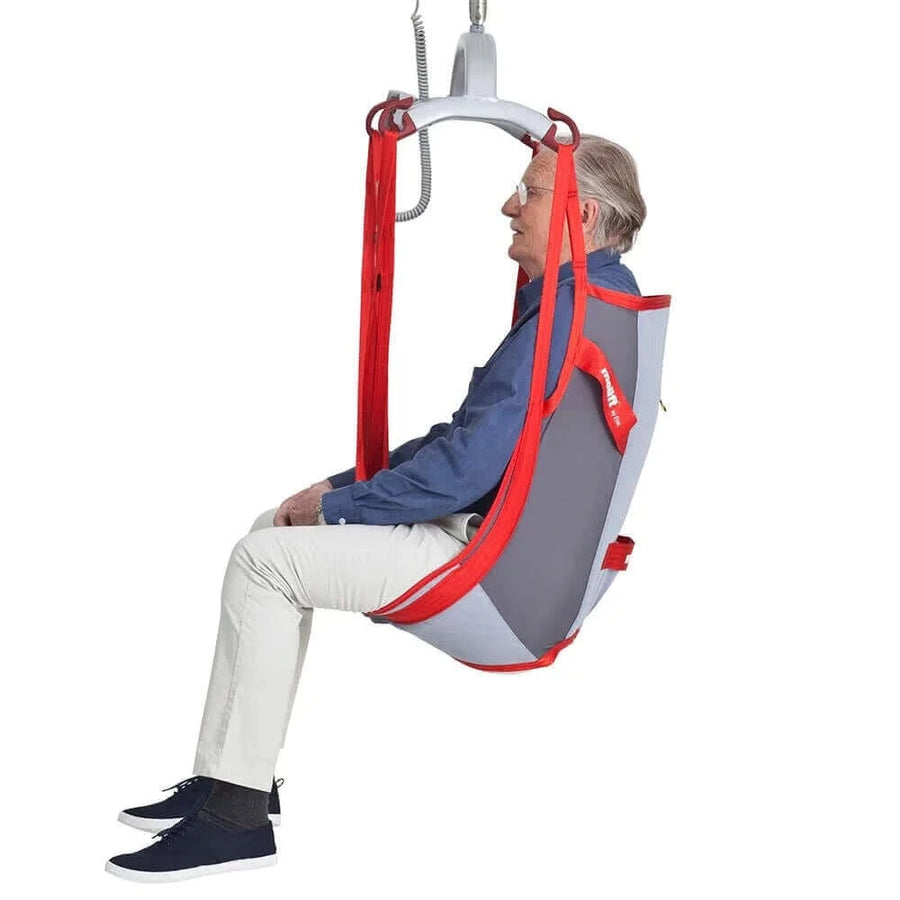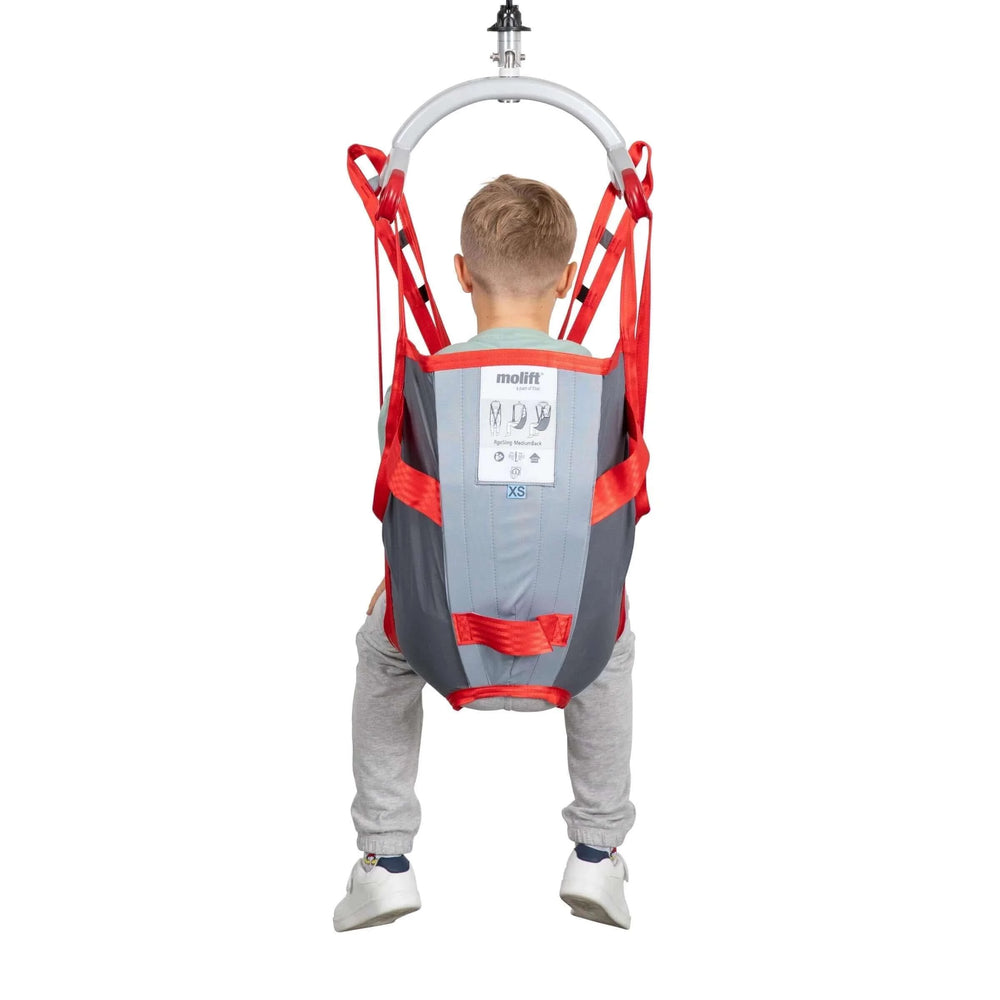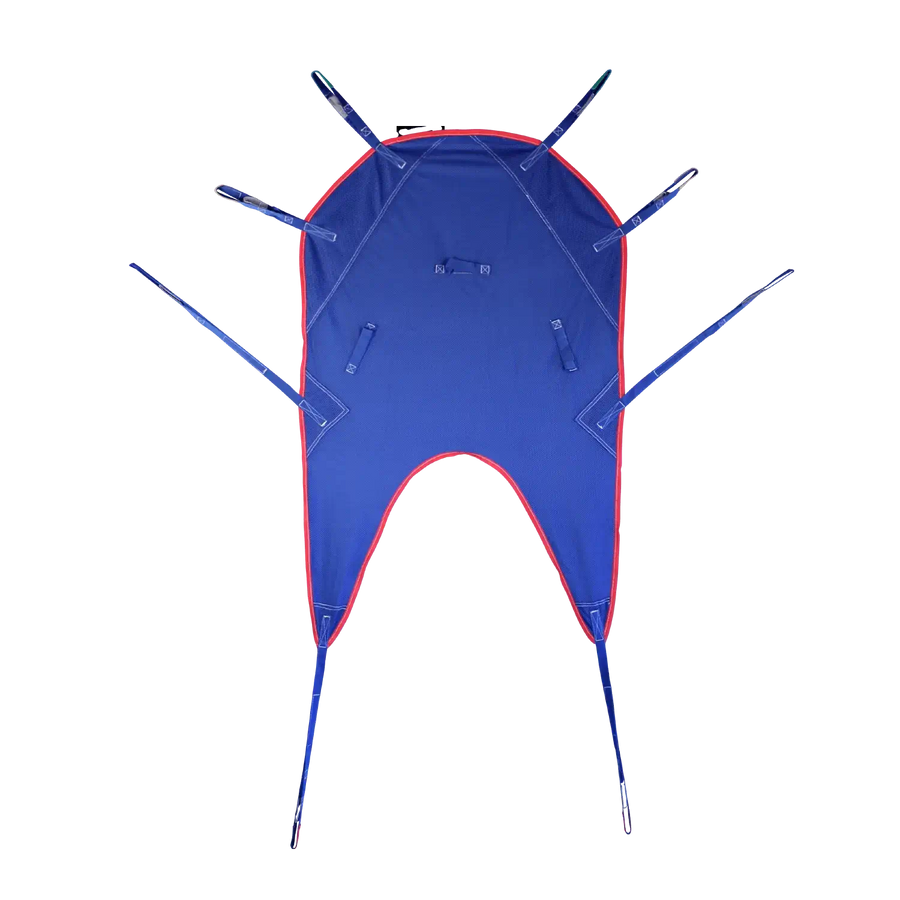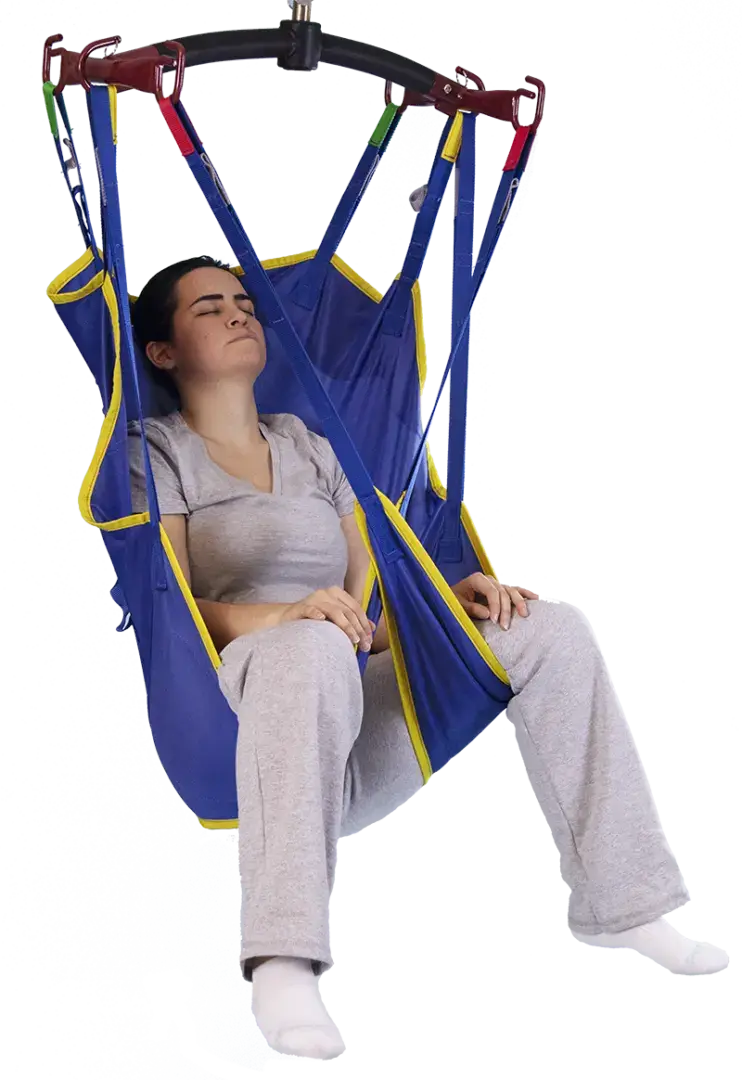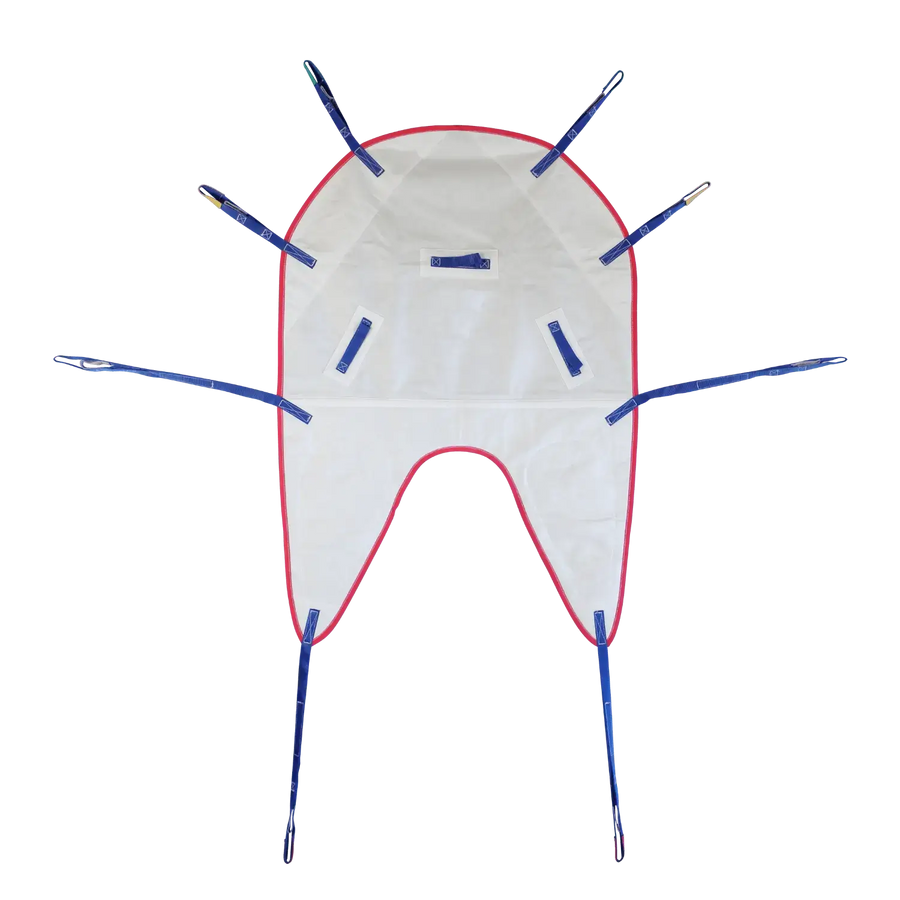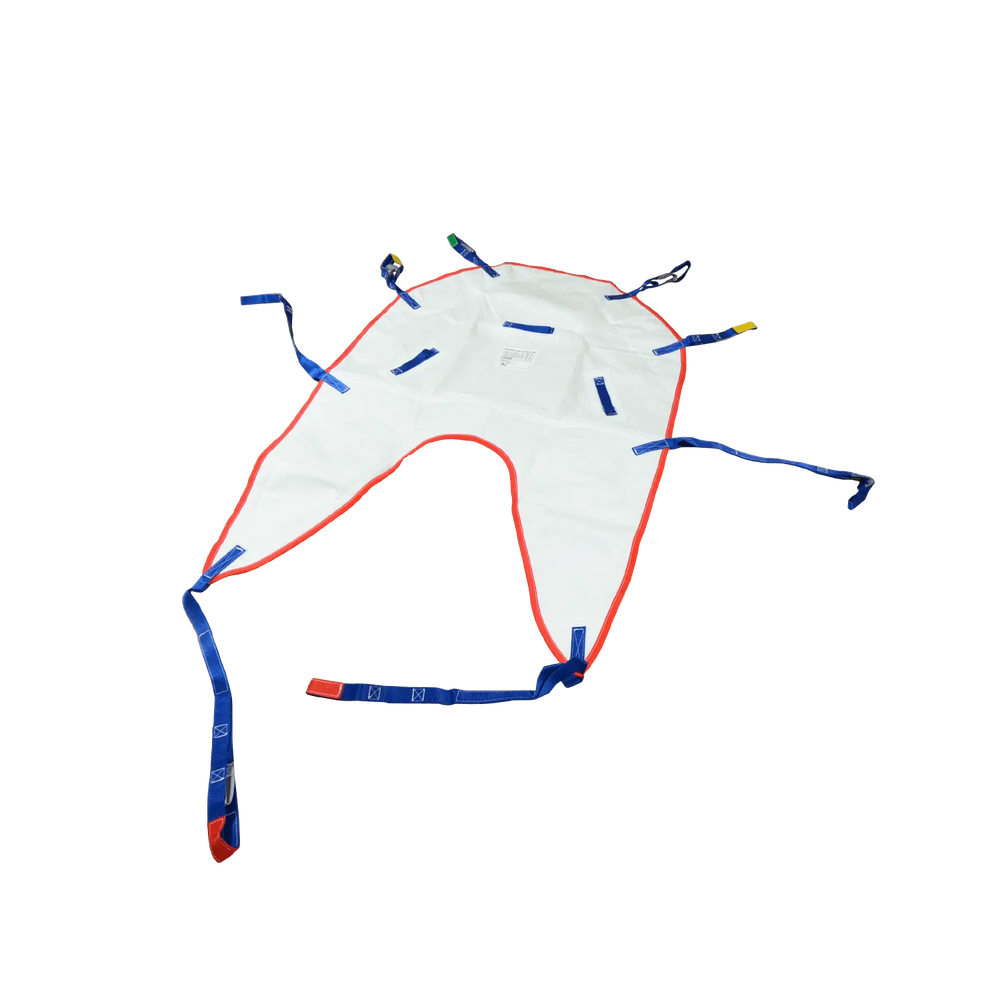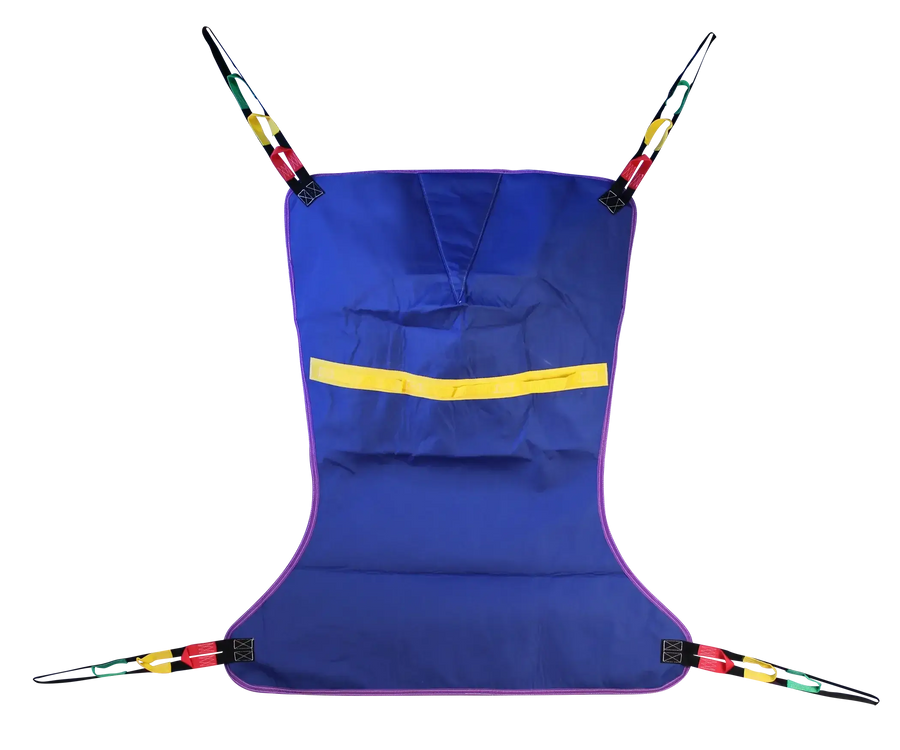Patient Lift Slings
Discover the perfect blend of comfort, safety, and versatility with our curated Patient Lift Slings collection. Whether you're seeking patient lift slings for home use or exploring various patient lift sling types, our selection caters to your unique needs. Elevate your caregiving experience with top-quality manual patient lift slings, designed for ease of use and optimal support.
Key Features of Our Patient Lift Slings Collection:
- Experience the convenience of caring for your loved ones in the comfort of your home.
- Our home-use patient lift slings prioritize ease of use without compromising on safety.
- Explore a diverse range of patient lift sling types to match specific requirements.
- From full-body slings to stand-assist slings, find the perfect solution for different caregiving scenarios.
- Empower caregivers with manual patient lift slings that offer control and precision during transfers.
- Easy to operate, these slings provide a reliable and cost-effective lifting solution.
- Discover compatibility with Hoyer lifts, ensuring seamless integration with widely used lifting equipment.
- Elevate the patient transfer experience with Hoyer lift sling options known for their reliability and durability.
- Tailored to the unique needs of elderly individuals, our slings prioritize comfort and safety.
- Enhance the quality of life for seniors with lift slings designed to promote independence and well-being.
- Ensure smooth and efficient lifts with patient slings compatible with hydraulic patient lifts.
- Experience the benefits of advanced lifting technology without compromising on patient comfort.

FAQs
Frequently Asked Questions About Patient Lift Slings
Patient lift slings come in various sizes and types to accommodate different body shapes and sizes. It's essential to choose a sling that matches the specific needs and dimensions of the individual being transferred.
Patient lift slings are designed for both professional healthcare settings and home use. There are versatile options available for caregivers providing assistance within a home environment.
Patient lift slings come in various types, including full-body slings, toileting slings, and stand-assist slings. The choice depends on the individual's mobility level and the transfer task at hand.
Most patient lift slings are machine washable for easy cleaning. Follow the manufacturer's guidelines for maintenance, and regularly inspect slings for any signs of wear or damage.
Not all slings are universal. It's crucial to ensure compatibility between the patient lift sling and the specific patient lift device being used. Check the product specifications or consult with the manufacturer for guidance.
Yes, patient lift slings have weight capacity limits. It's vital to choose a sling with a weight capacity that exceeds the individual's weight to ensure safe transfers.
Manual patient lift slings require physical effort from the caregiver, while powered slings are designed for use with electric or hydraulic patient lift systems, reducing the strain on caregivers during transfers.
Yes, there are bariatric patient lift slings specifically designed to support larger individuals. These slings have higher weight capacities and reinforced construction.



